The Rider-Waite-Smith tarot deck is one of the most popular tarot decks in use today in the English-speaking world. Other suggested names for this deck include the Rider-Waite, Waite-Smith, Waite-Colman Smith or simply the Rider deck. The cards were drawn by illustrator Pamela Colman Smith from the instructions of academic and mystic A. E. Waite, and published by the Rider Company in 1910.
The cards were originally published in 1910 by the publisher William Rider & Son of London. The following year, a small guide by A.E. Waite entitled The Key to the Tarot was bundled with the cards, providing an overview of the traditions and history behind the cards, criticism of various interpretations, and extensive descriptions of their symbols. The year after that, a revised version, Pictorial Key to the Tarot, was issued that featured black-and-white plates of all seventy-eight of Smith’s cards. Several later versions of the deck, such as the Universal Waite deck, copy the Smith line drawings with minor changes and add more sophisticated coloring.
The deck was first published in December 1909 in the United Kingdom. Due to retroactive extensions of UK copyright law, it may remain copyrighted there until 70 years after the death of original artist Pamela Colman Smith. In the United States, retroactive copyright extensions do not apply to works published in the U.S. before 1923, and the original deck has consequently been freely used by American artists in numerous different media projects.
Waite had drew inspiration from the Sola-Busca Tarot deck. The Sola-Busca Tarocchi was created about 1490 in Northern Italy, and is named for the family who owned the deck until 2009, when they sold it to the Italian government and it was placed in the Pinacoteca di Brera in Milan. It’s the only complete 78-card deck we have from the 15th century, and it’s our best proof that the deck structure we still have today had become standard at this early date.
In 1907 the Busca-Serbelloni family sent from Milano to London, to the British Museum the black and white photographs of the complete Sola-Busca Tarot deck. Shortly after that, these photographs were placed on exhibit at the British Museum in London, displayed next to the 23 original engravings acquired by the Museum in 1845. Presumably, Waite had seen this exhibition and invited artist Pamela Colman Smith to see and make several sketches of the Sola-Busca cards. Afterward, they created the Rider-Waite-Smith deck. Several cards are absolutely look-alike: the Three of Swords, the Queen of Cups, the Seven of Swords and the Eight of Pentacles. It’s also a very interesting conversion of the Ten of Swords from the Sola-Busca deck into the Ten of Wands of the Rider-Waite-Smith deck.

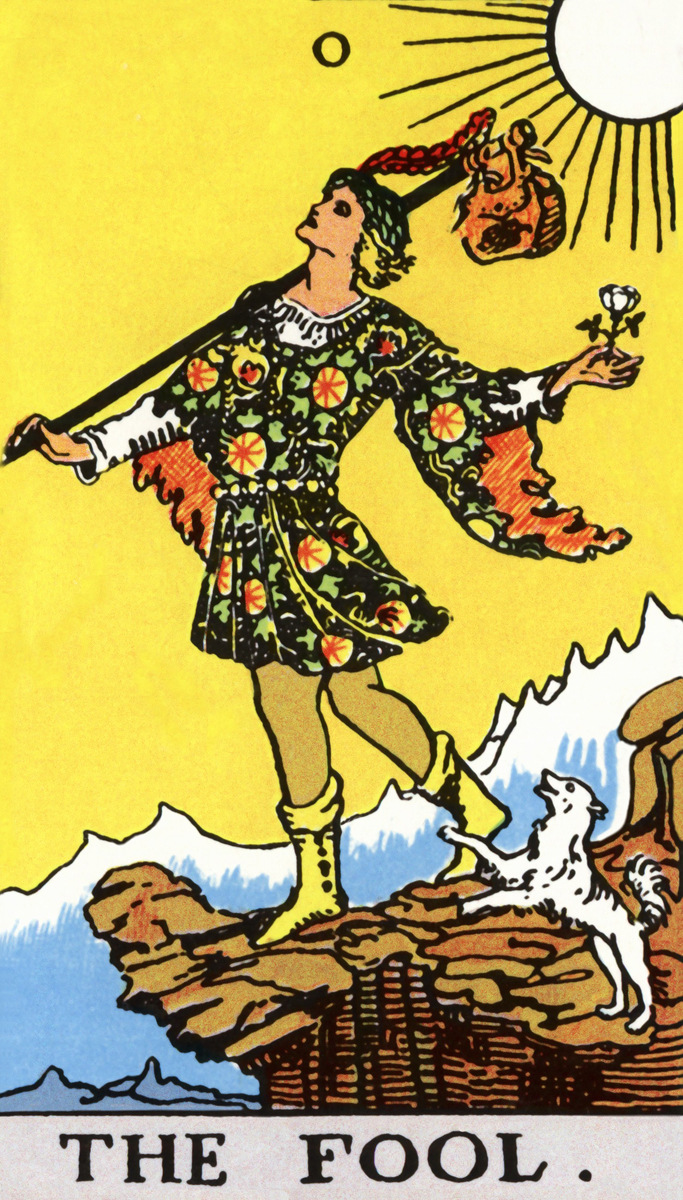
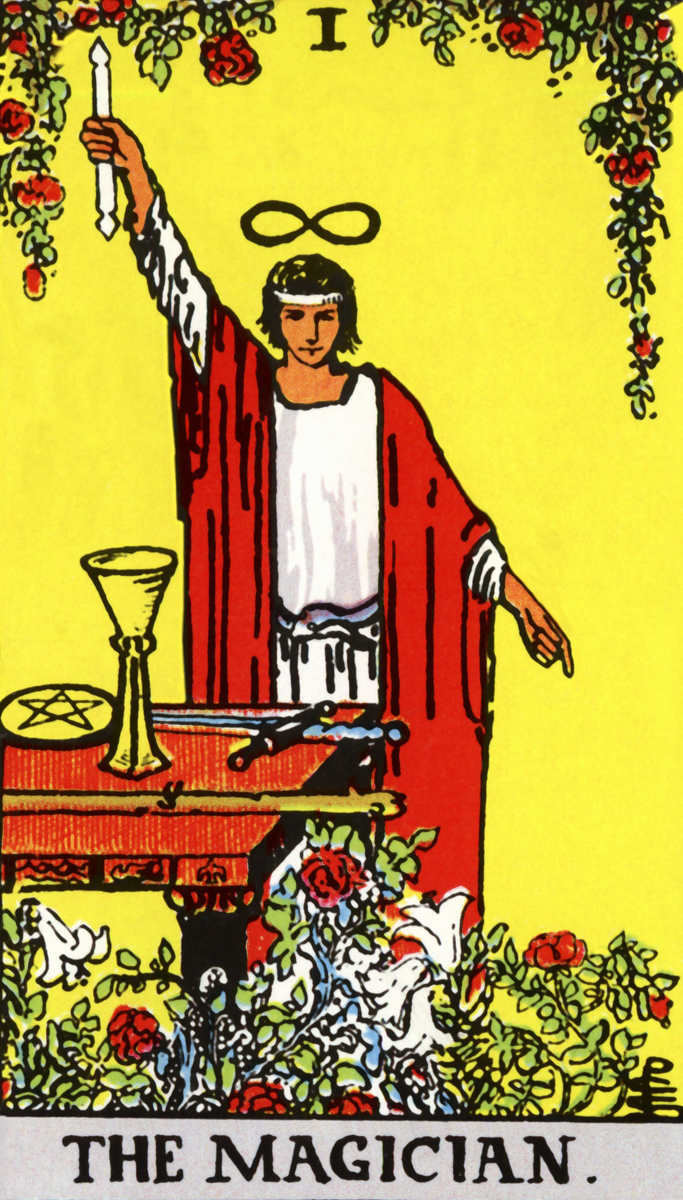
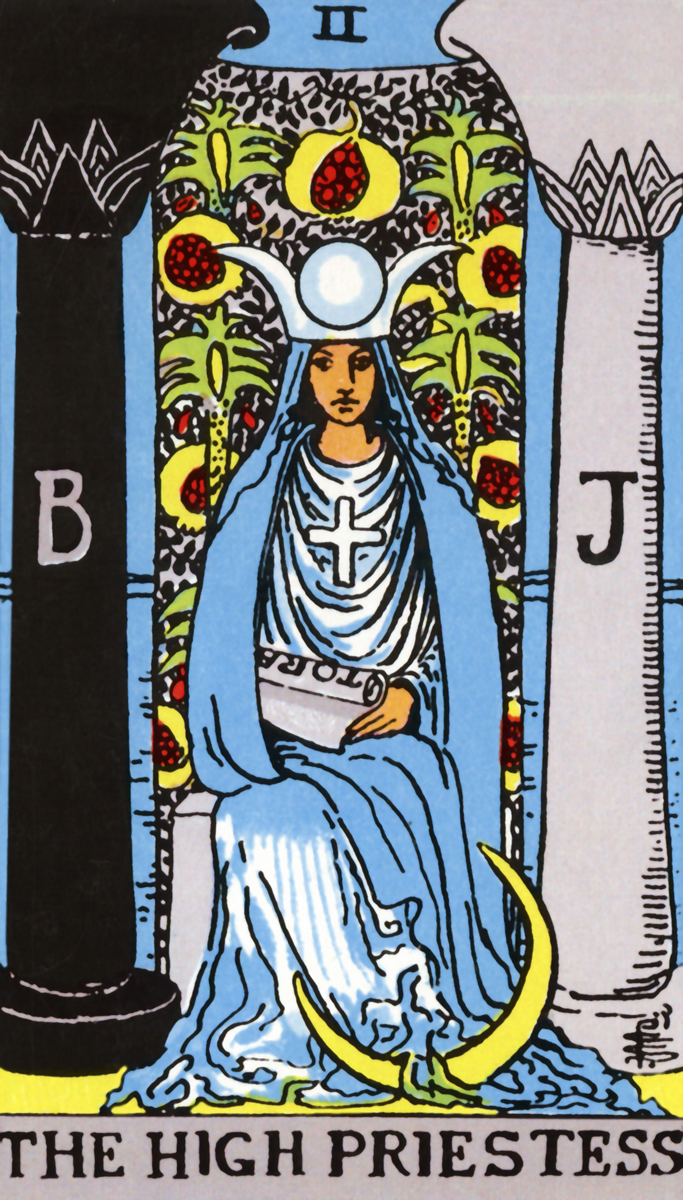
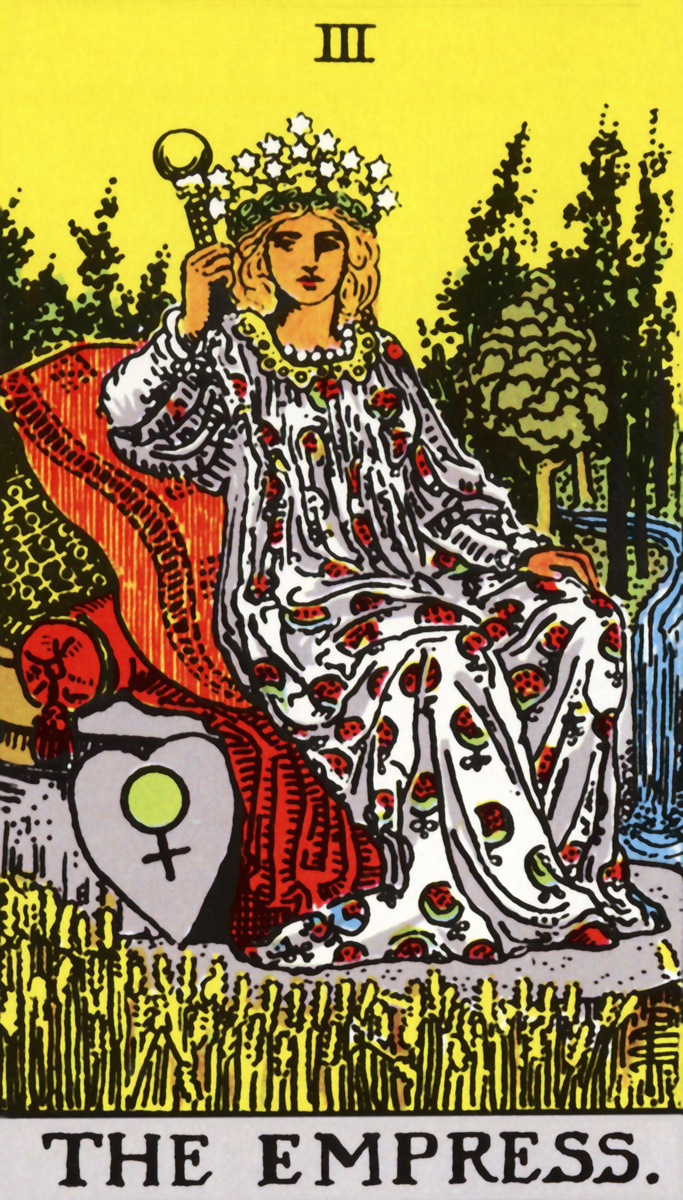
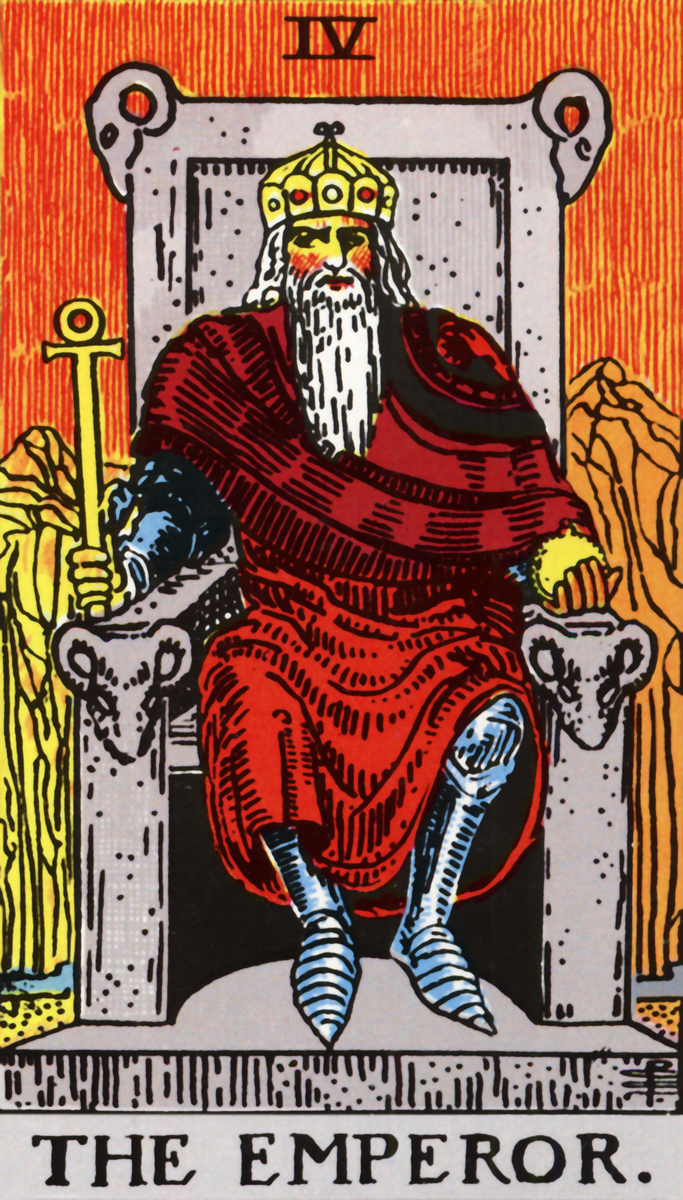
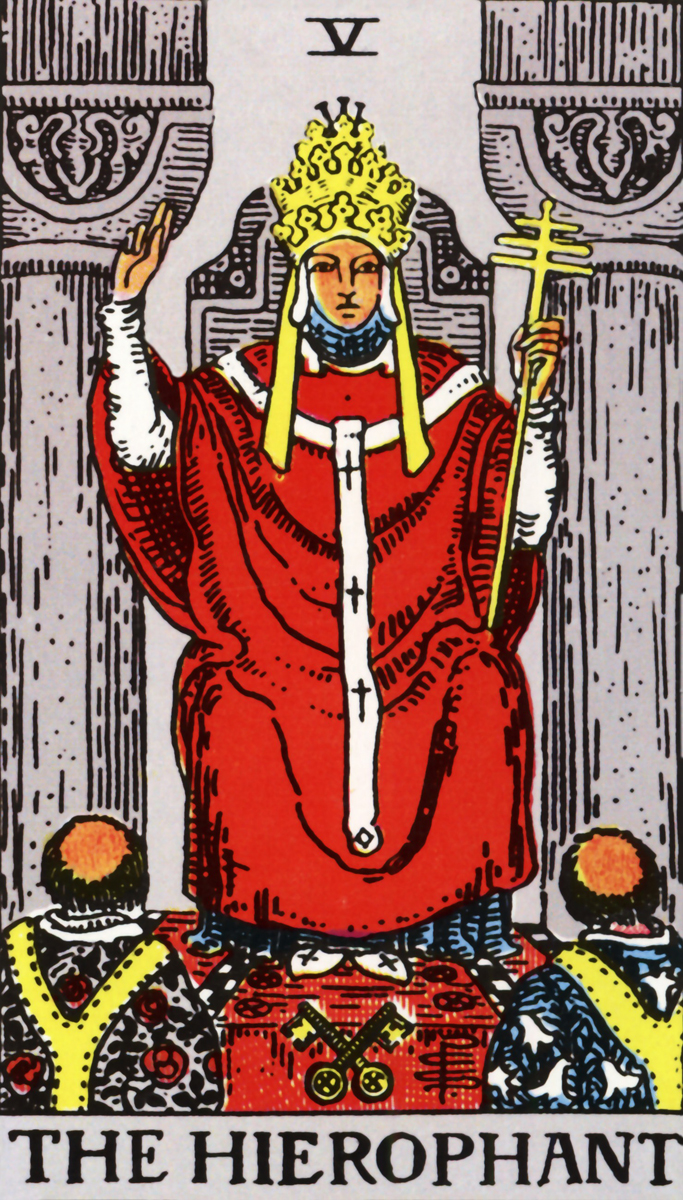
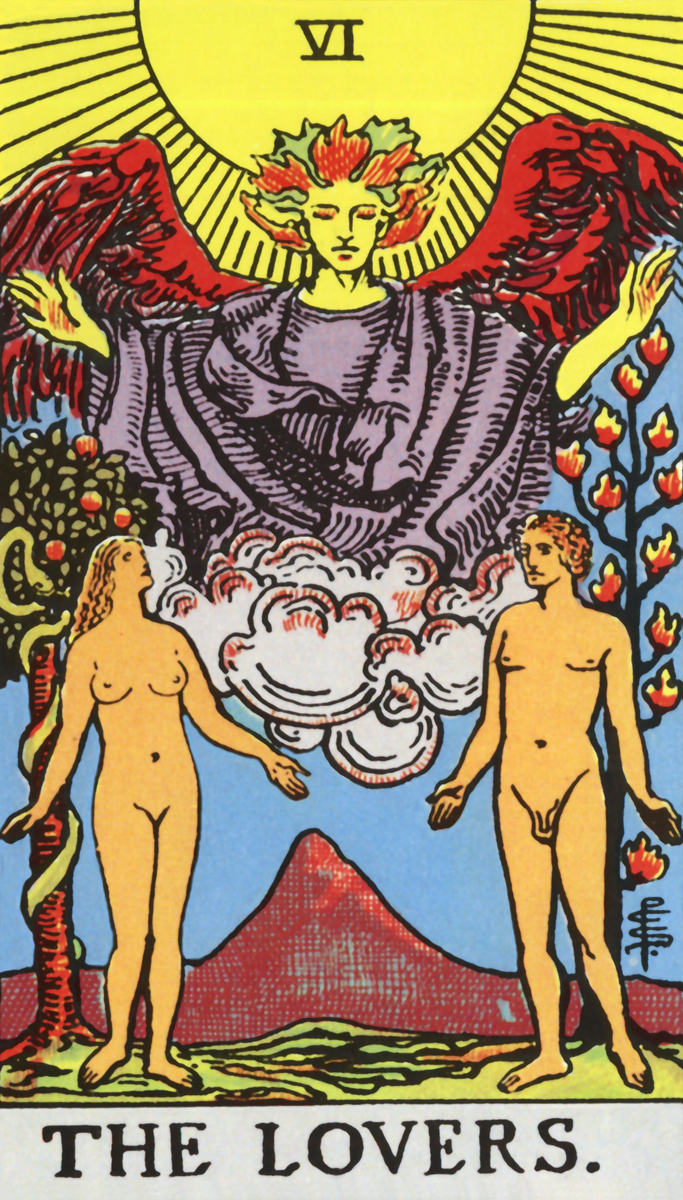
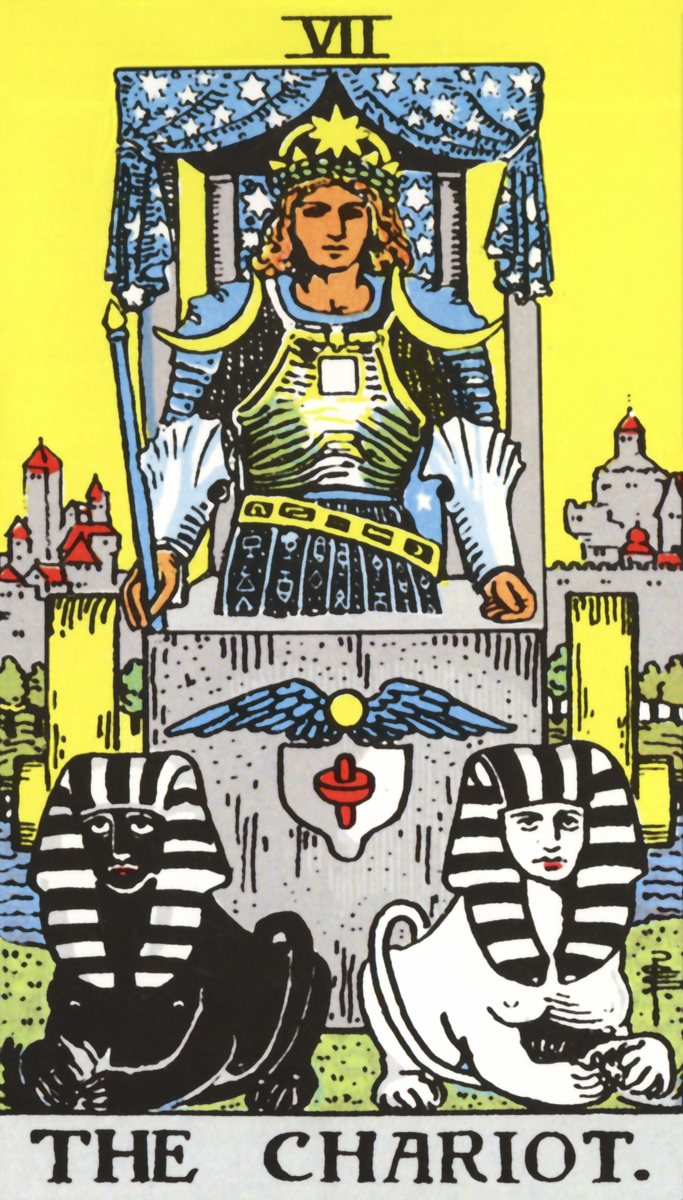

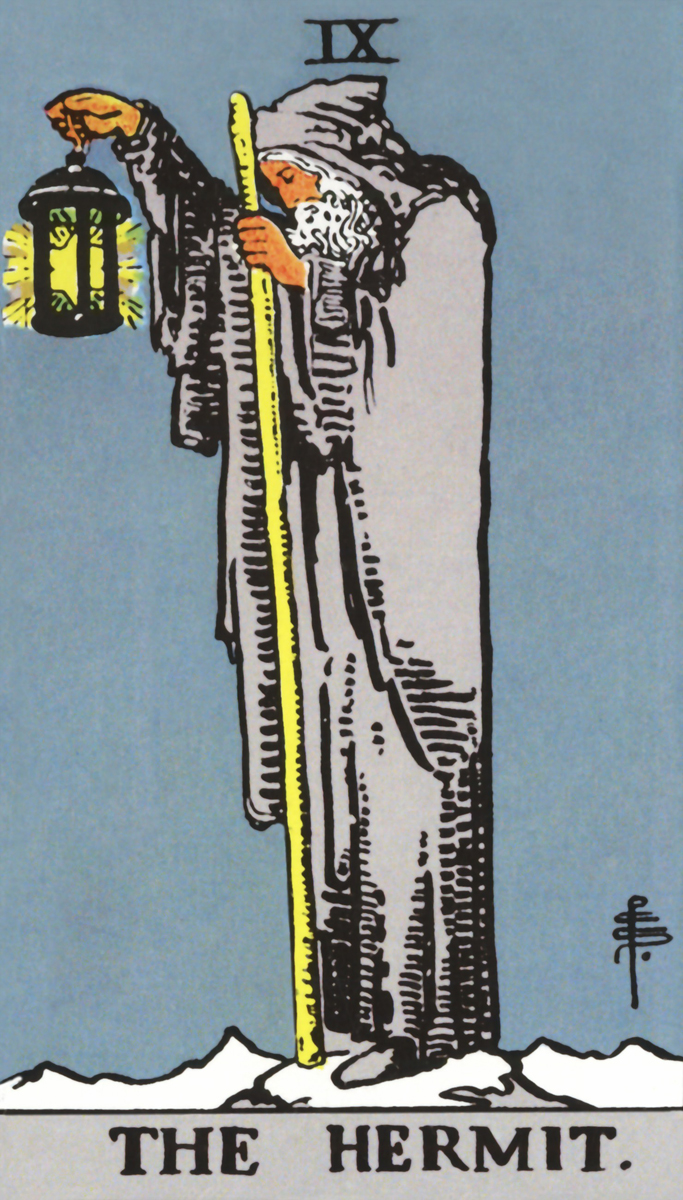
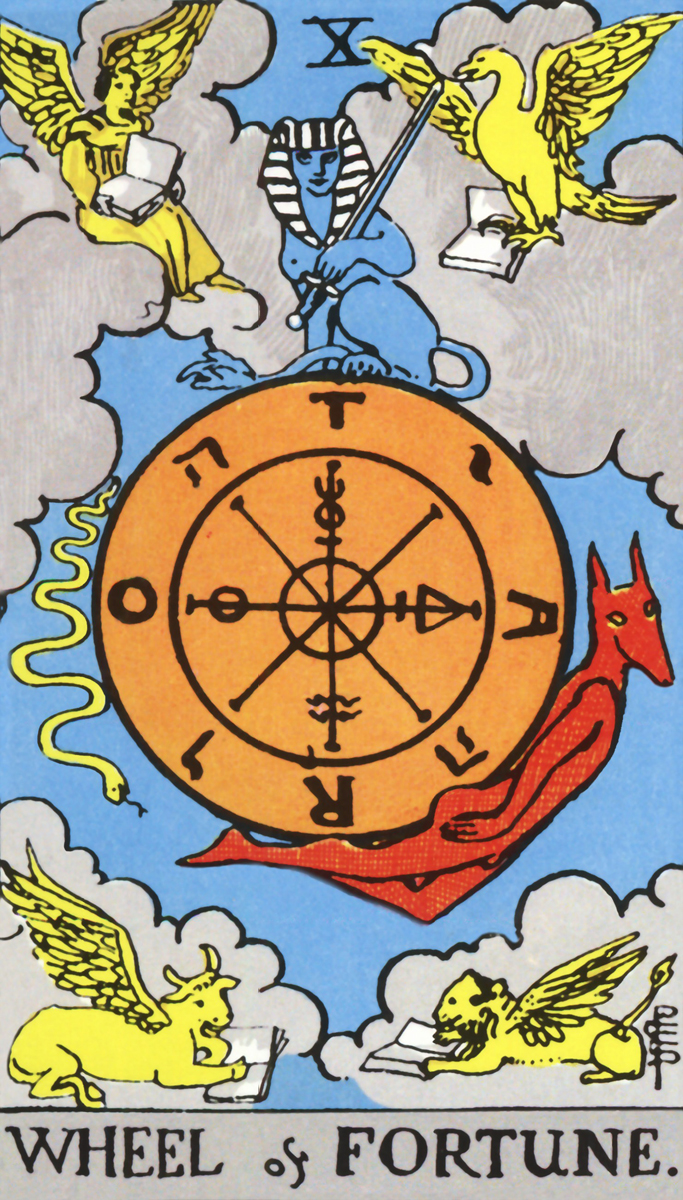
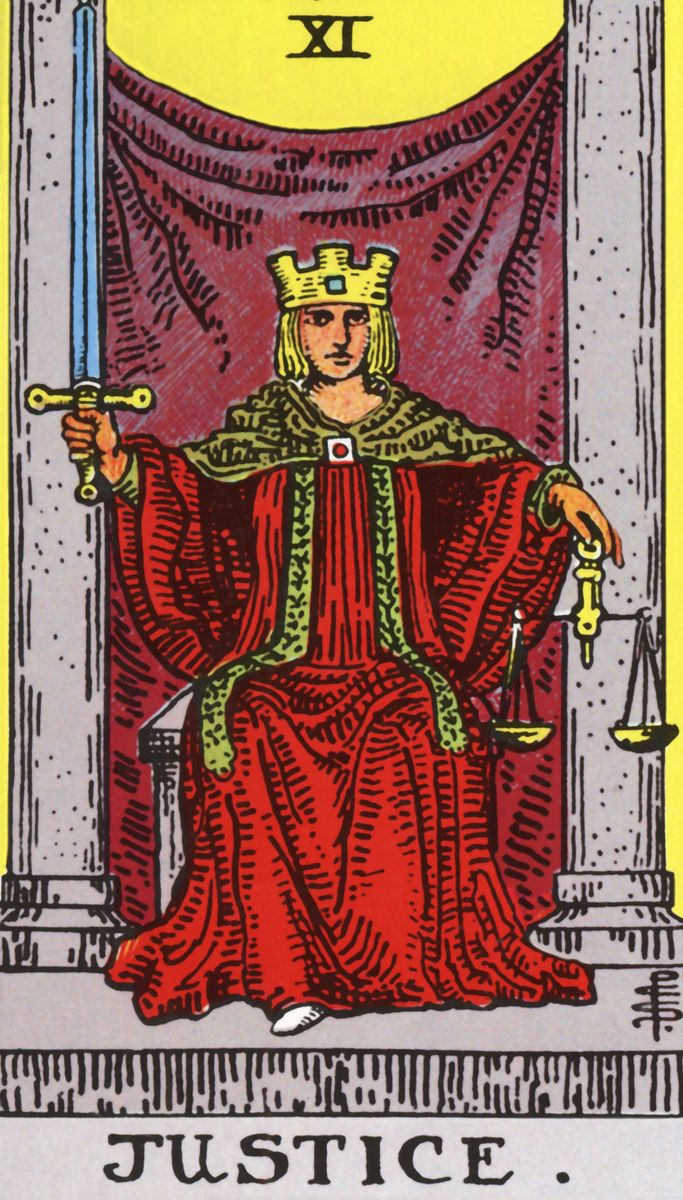
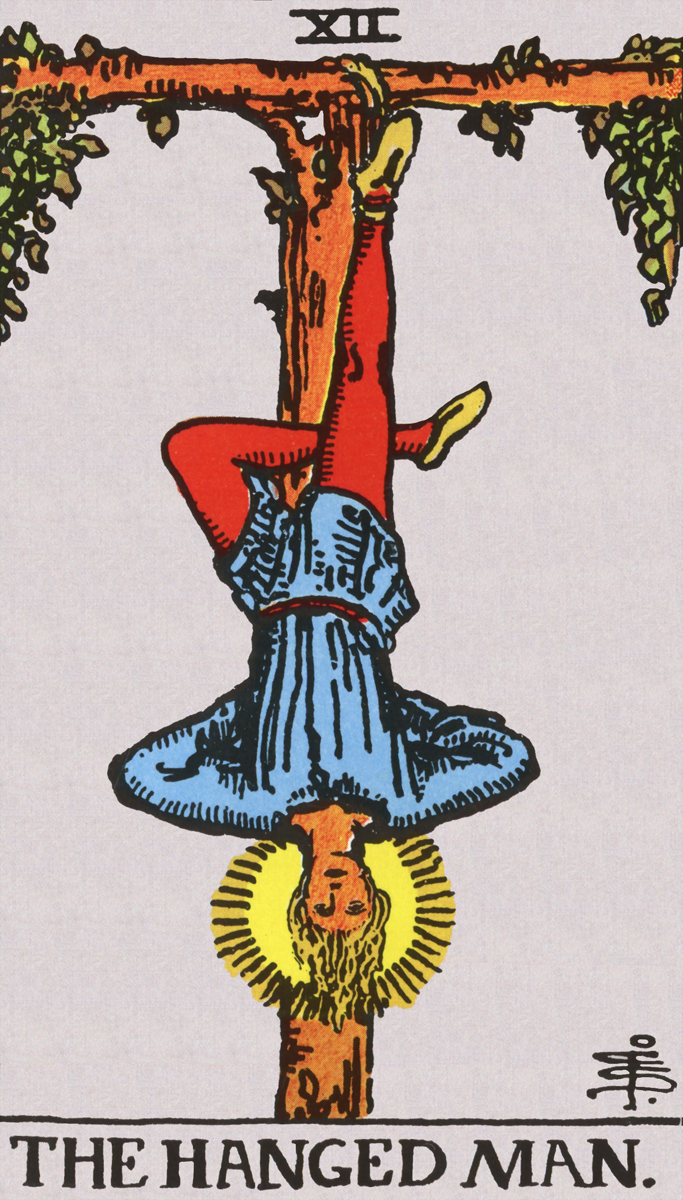
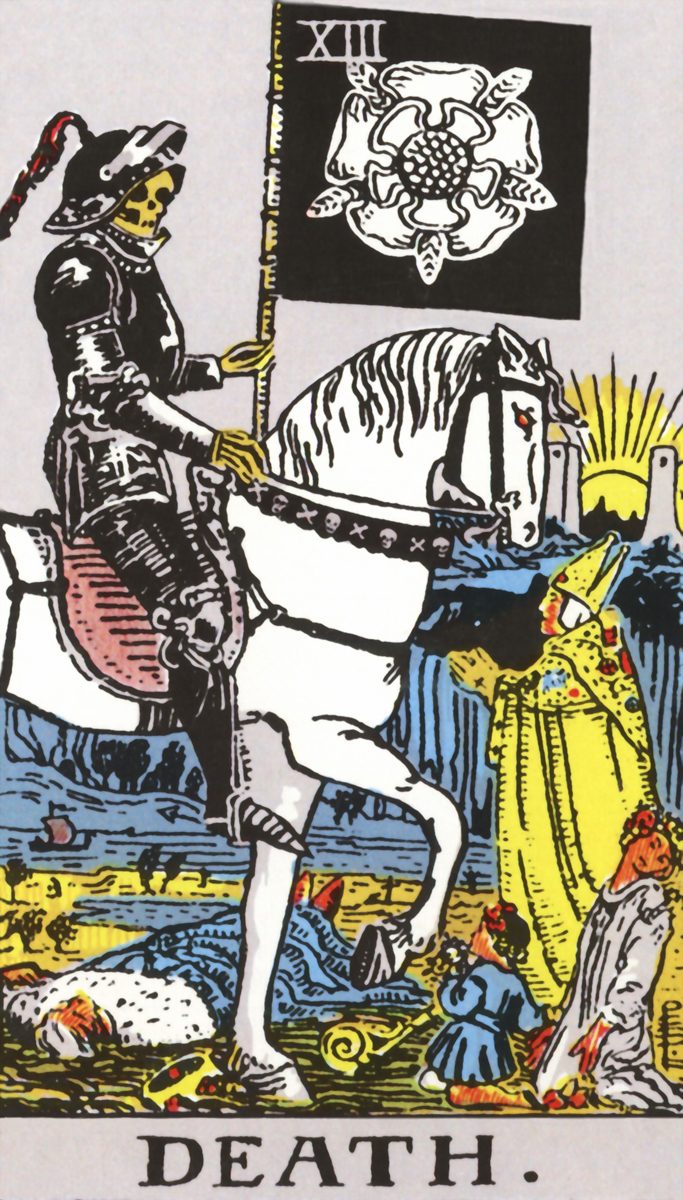
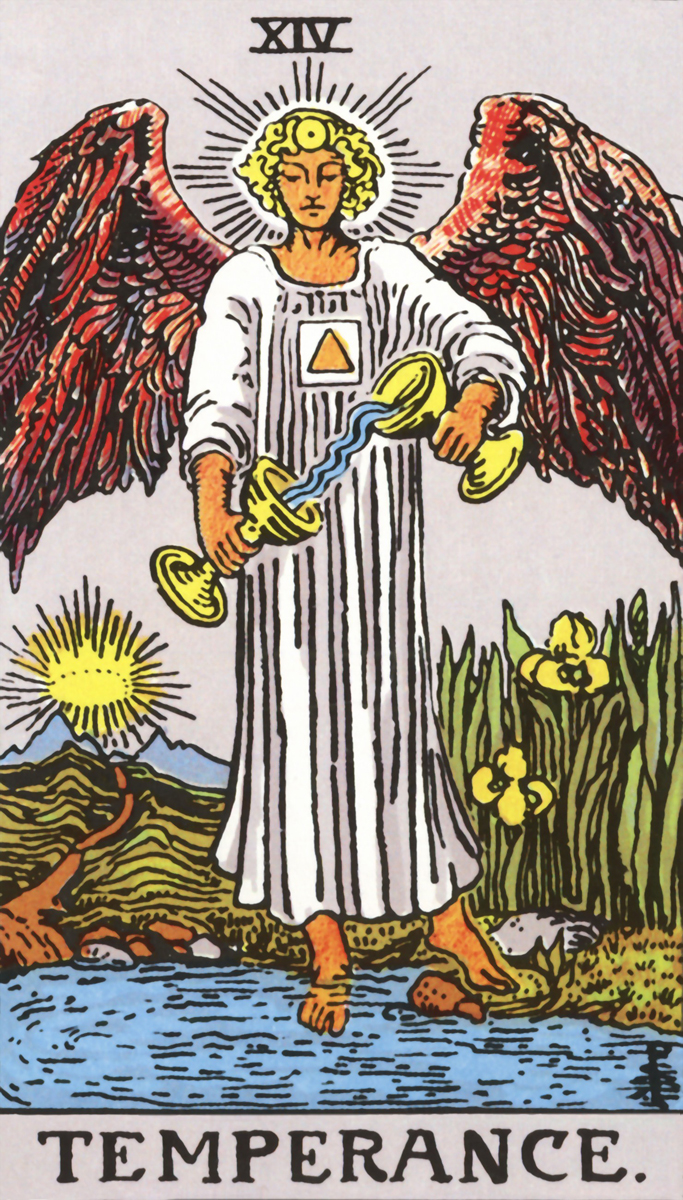
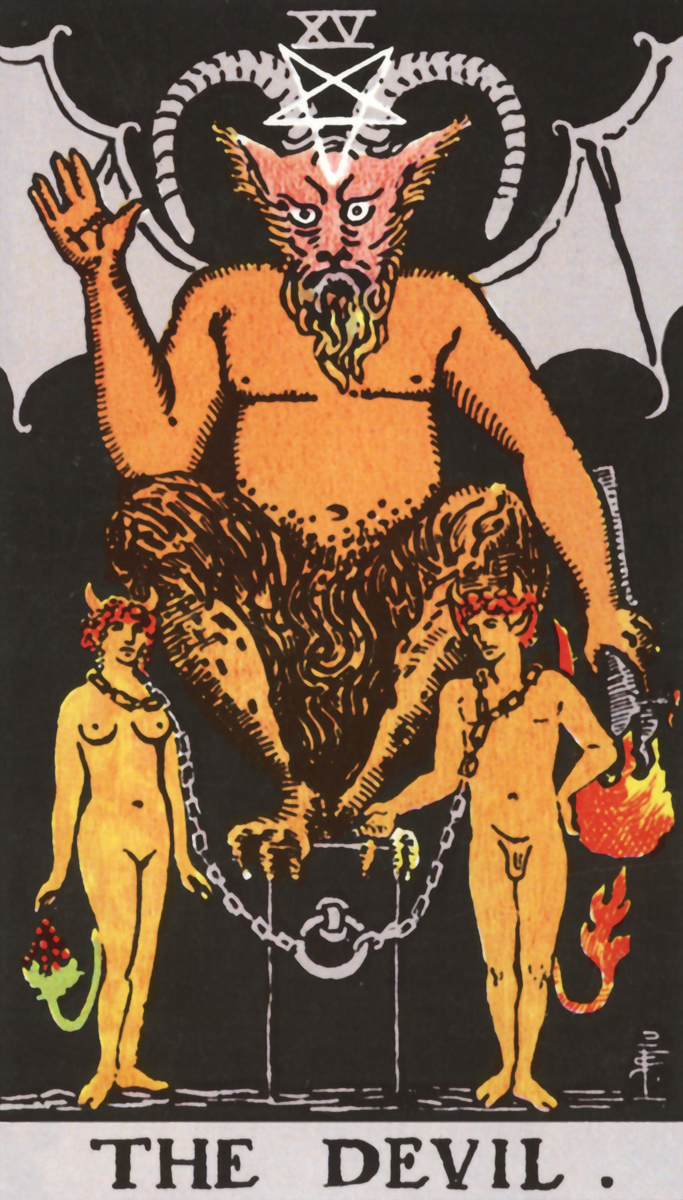
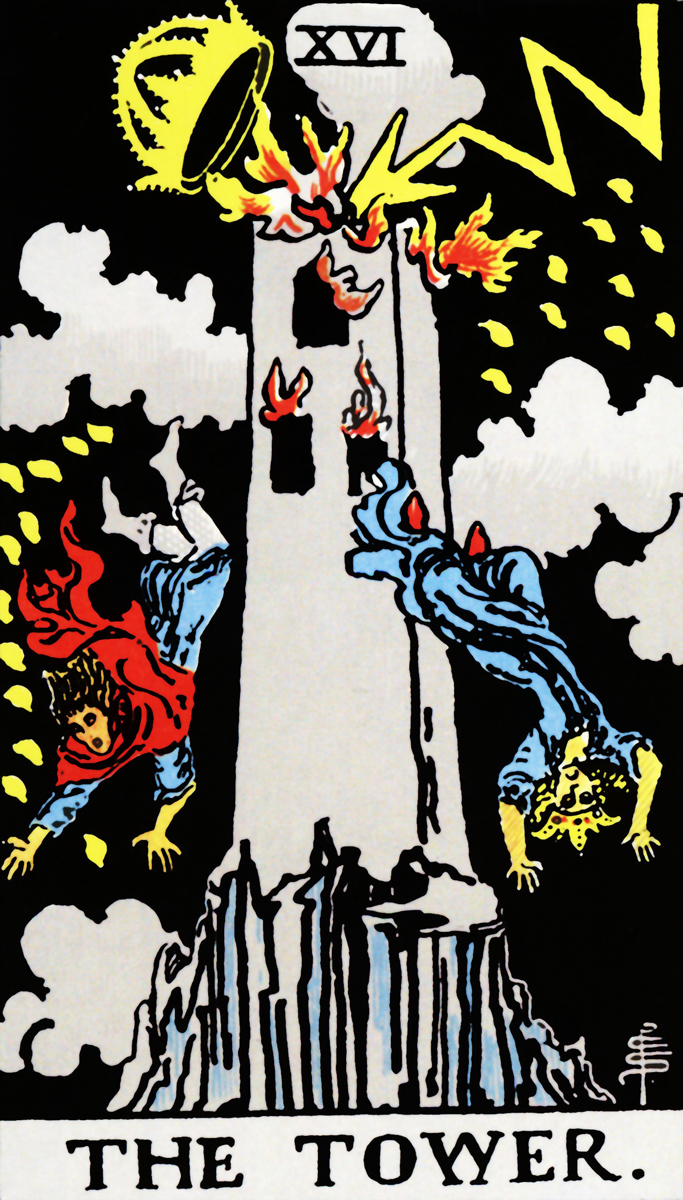
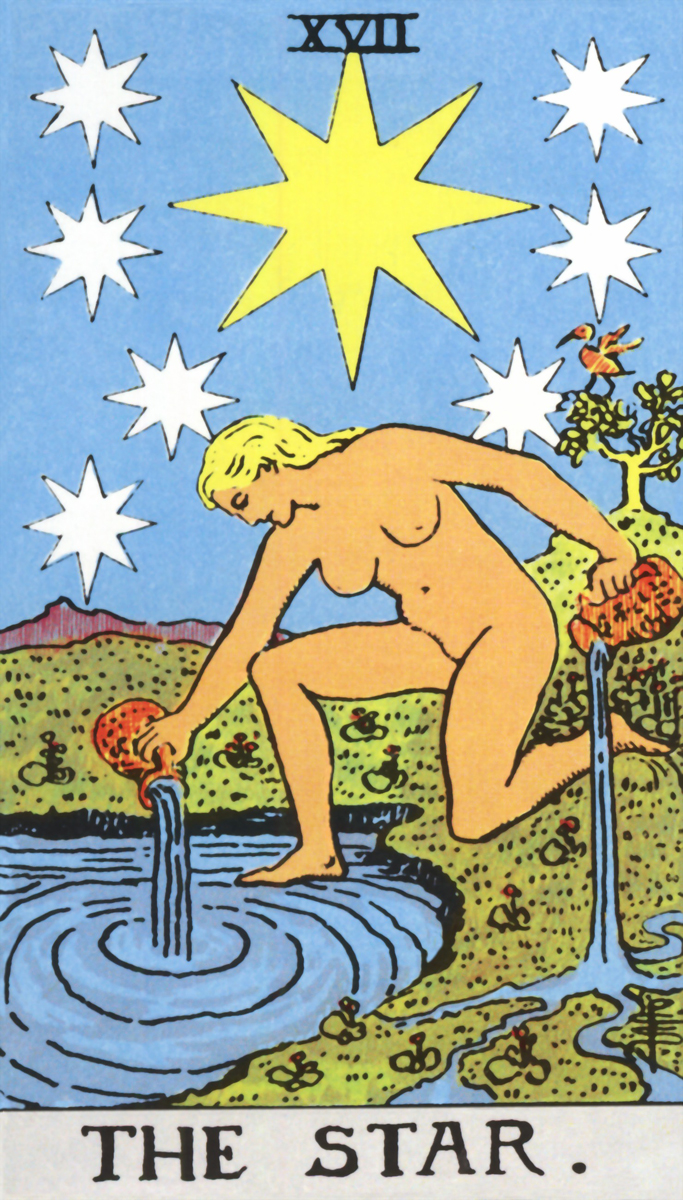
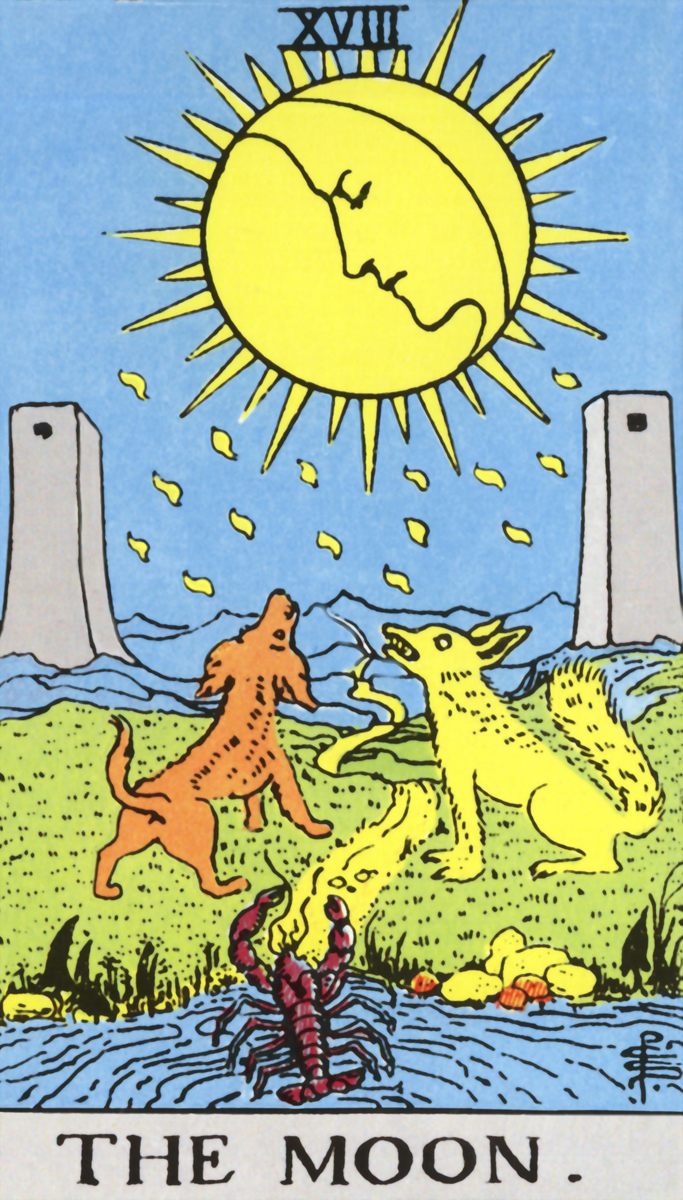
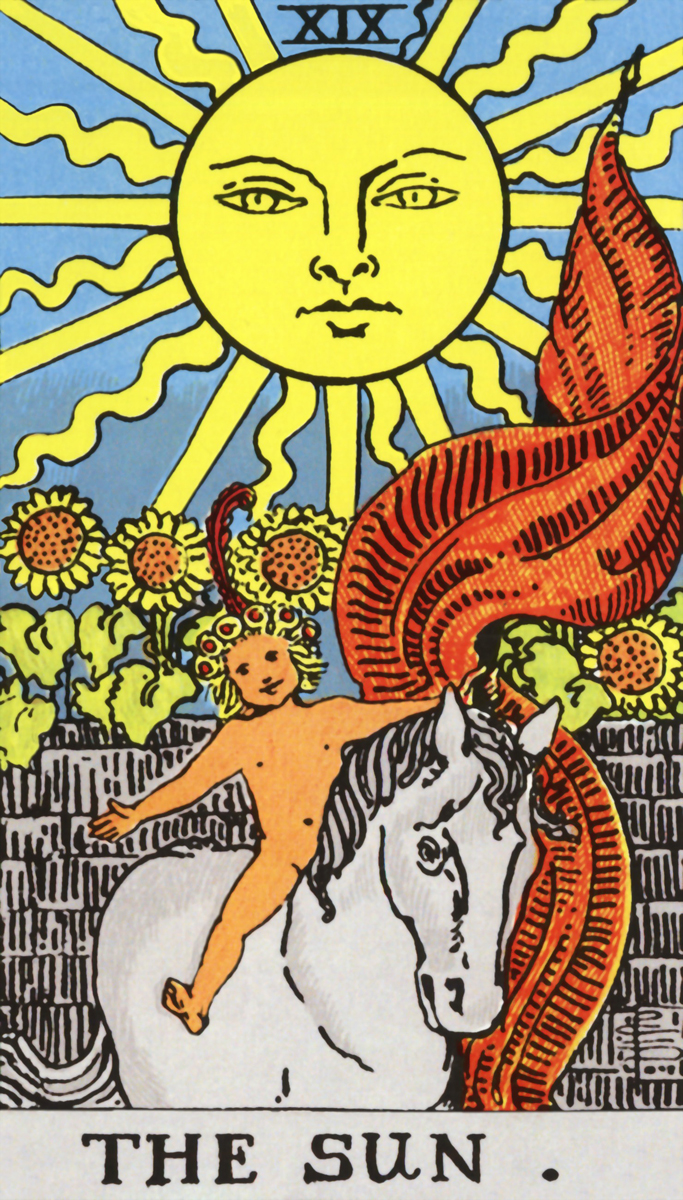
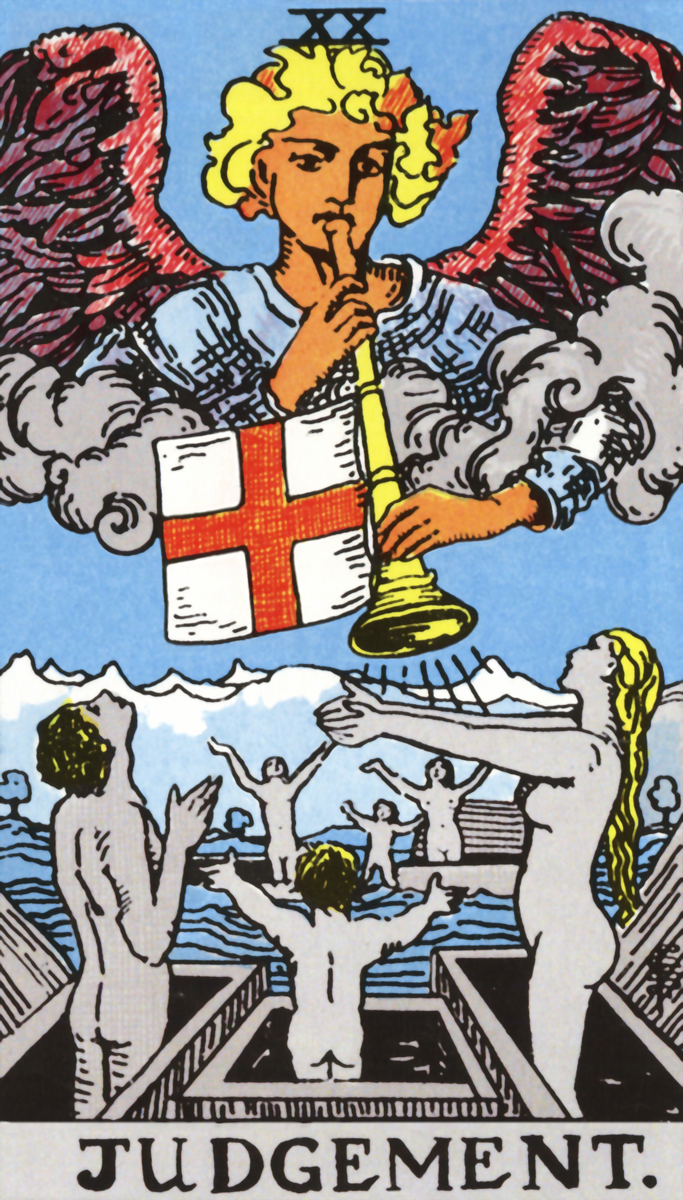
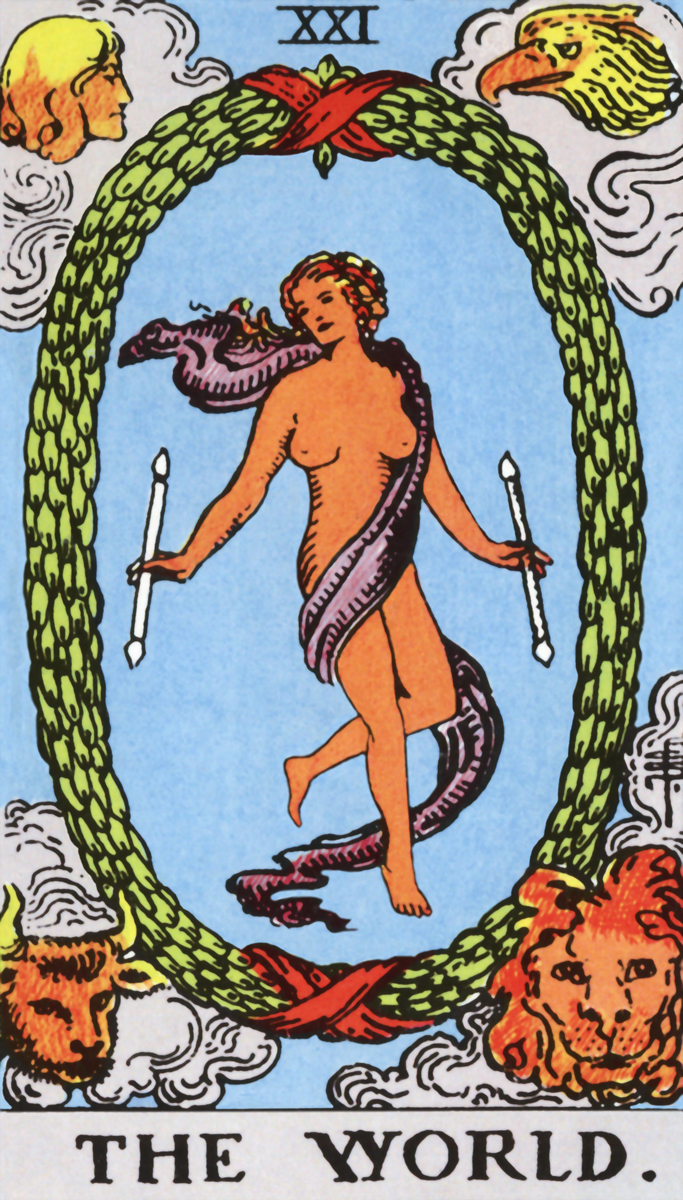
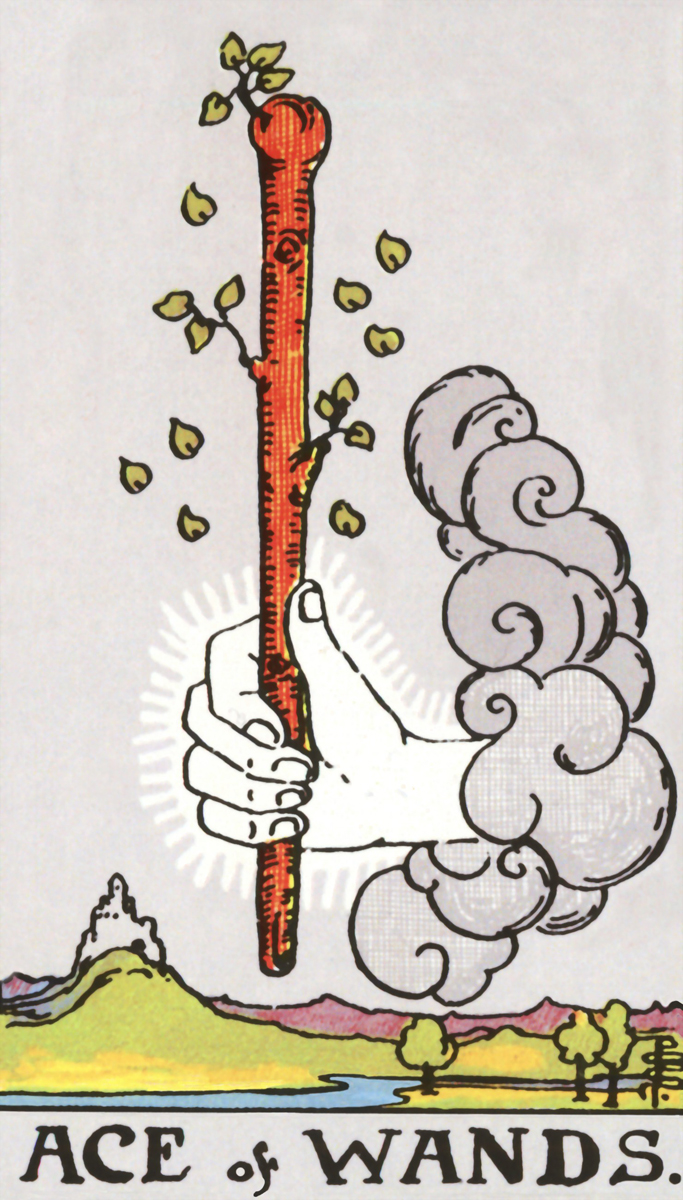
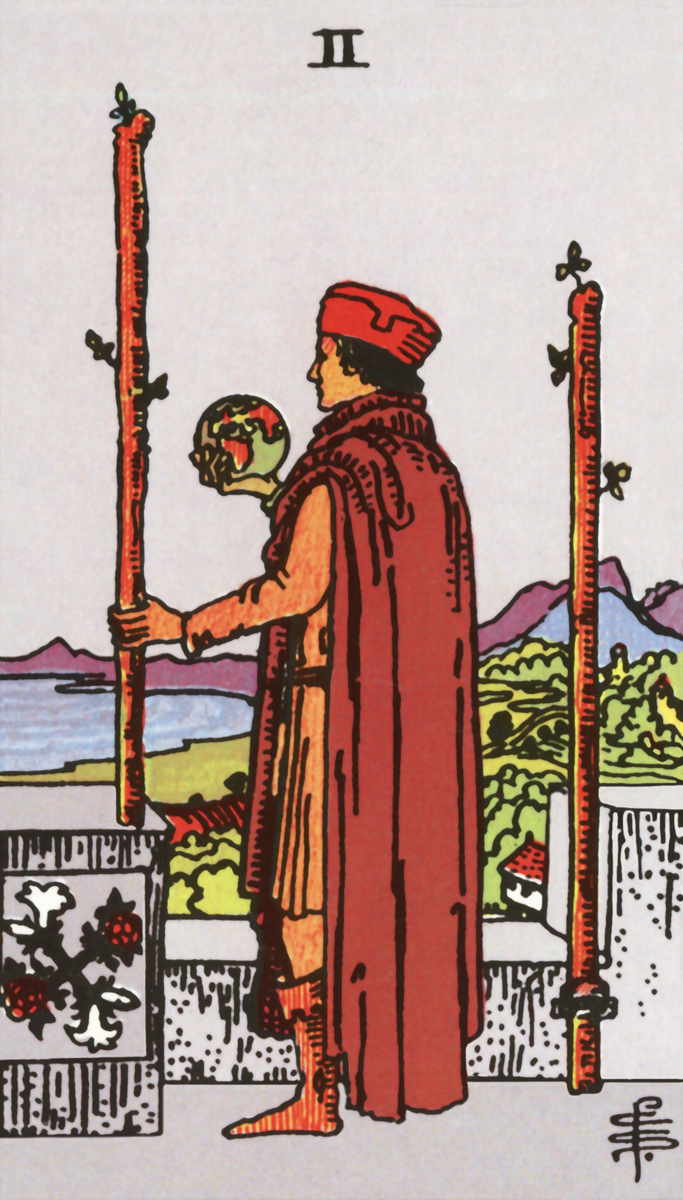

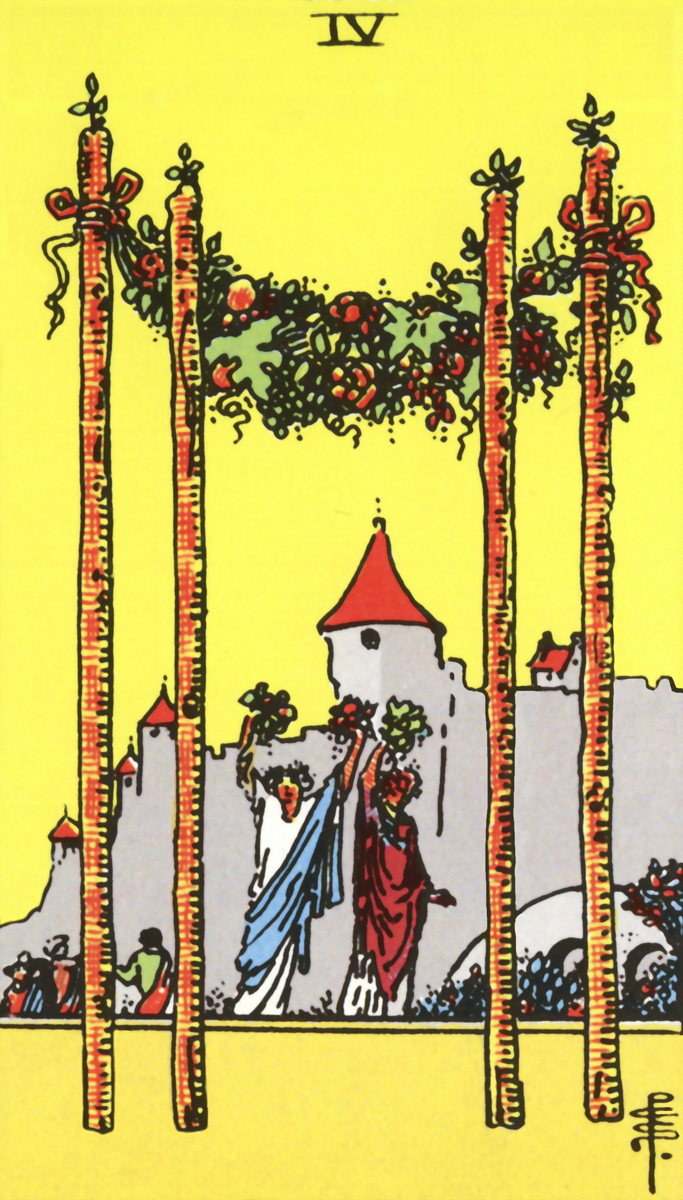
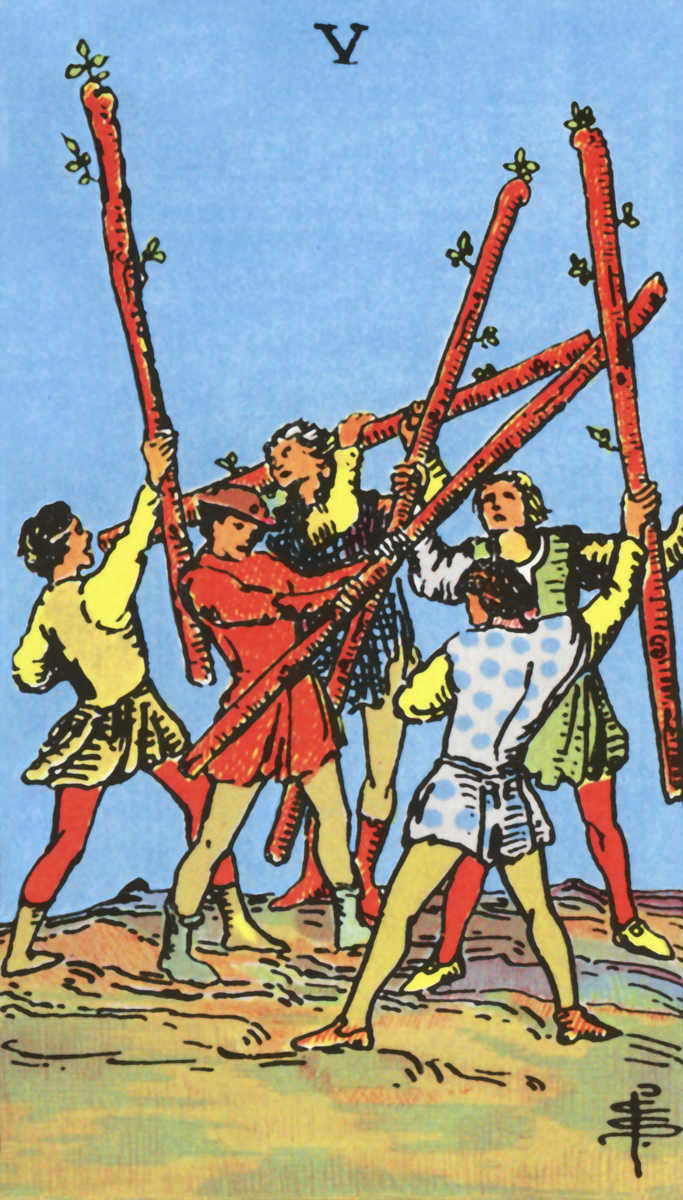
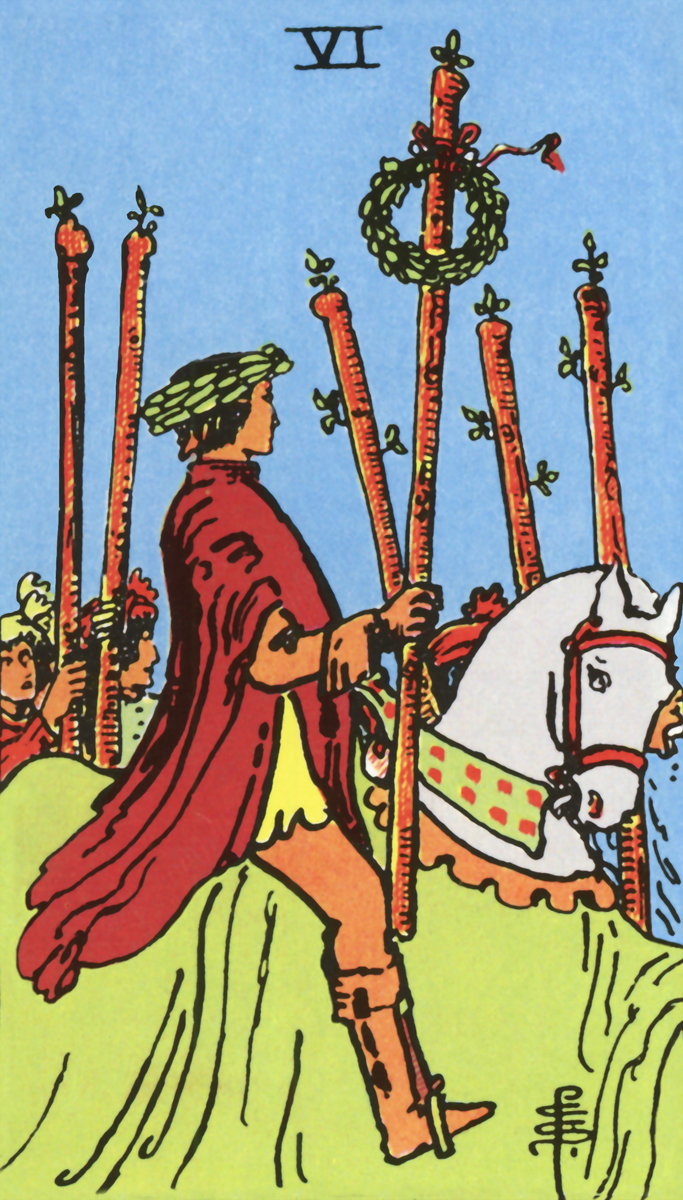

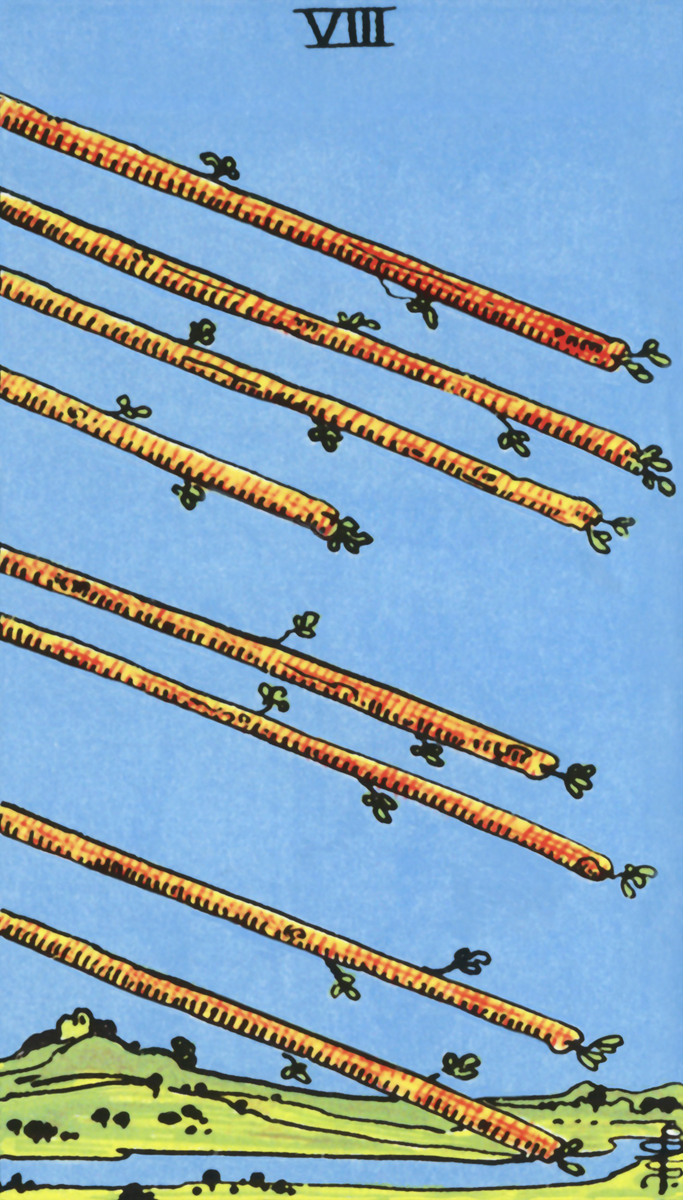
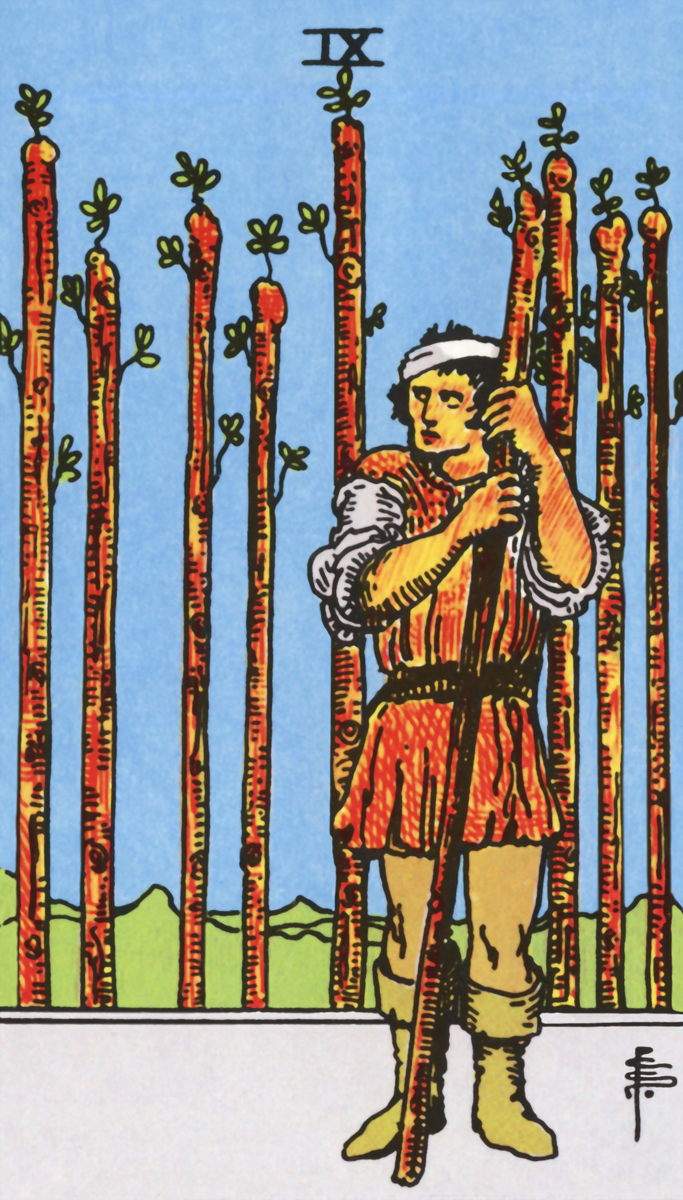
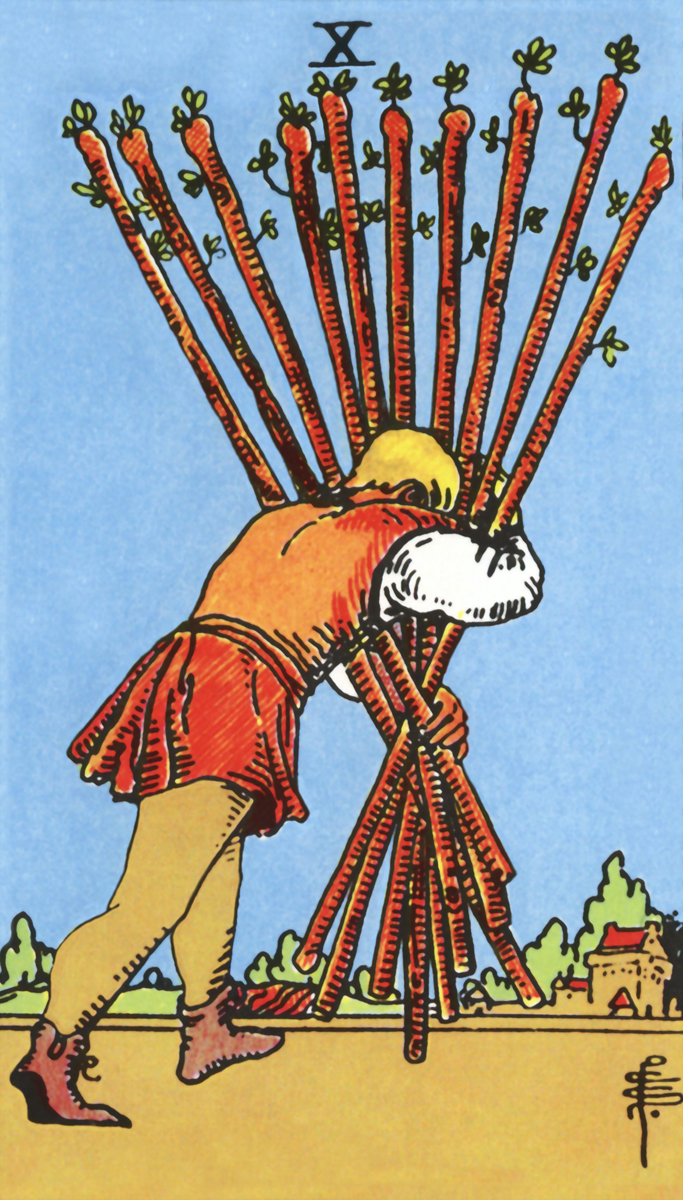
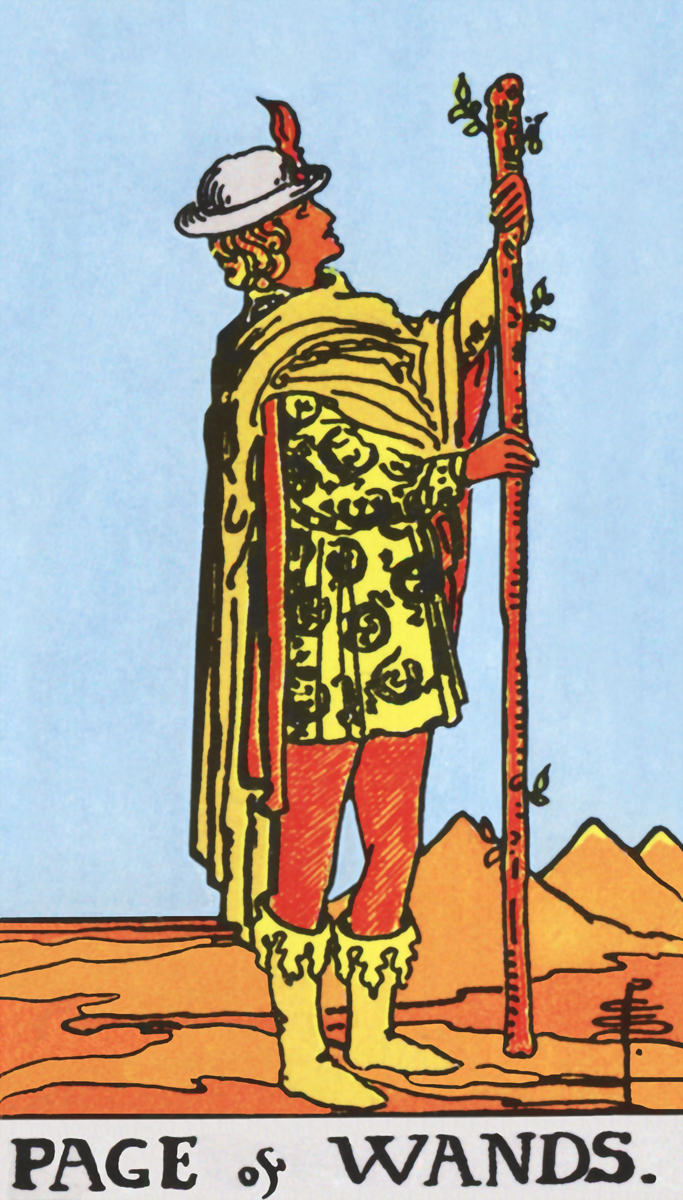

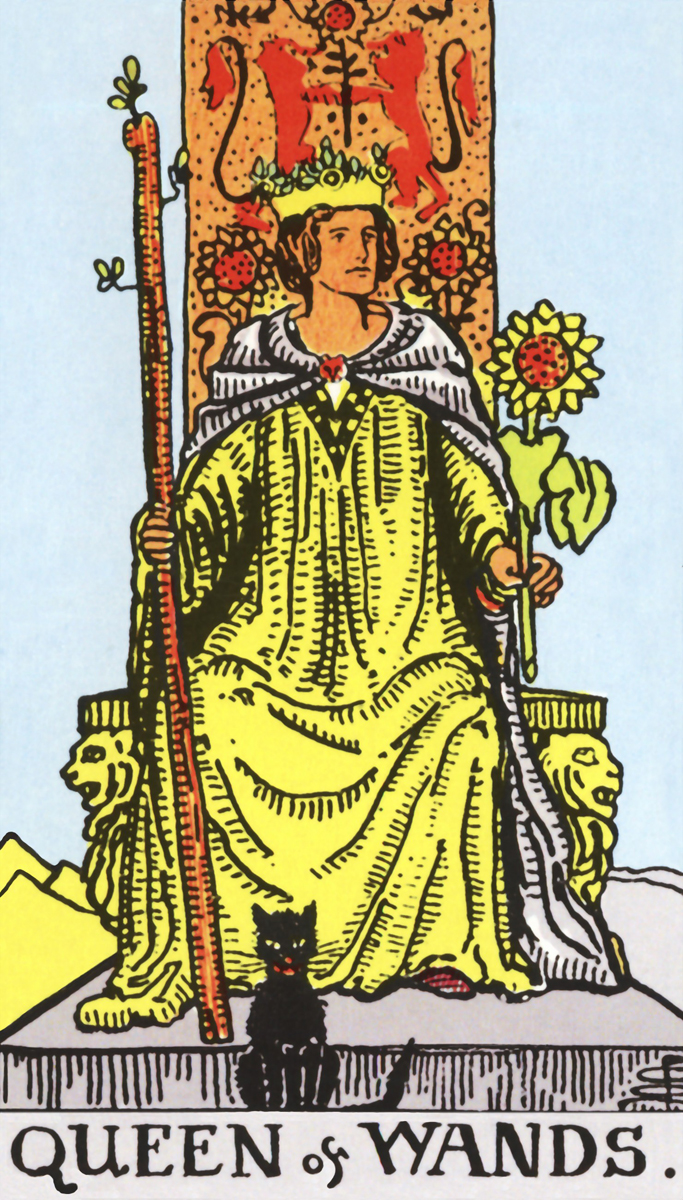
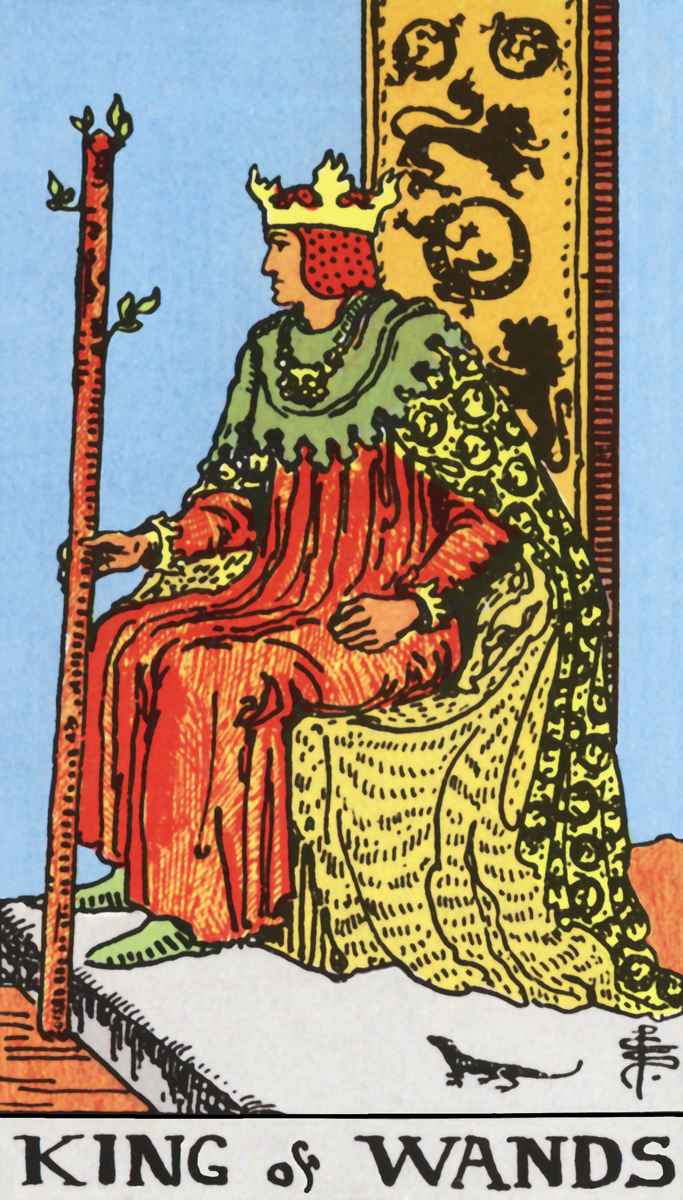
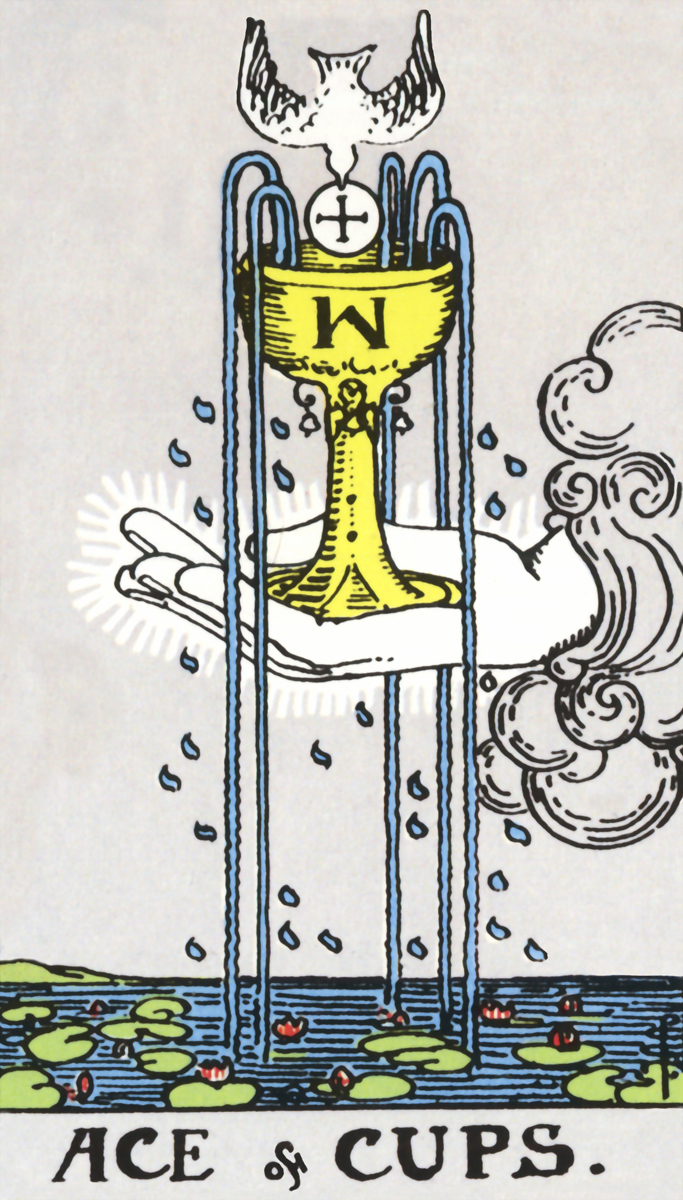
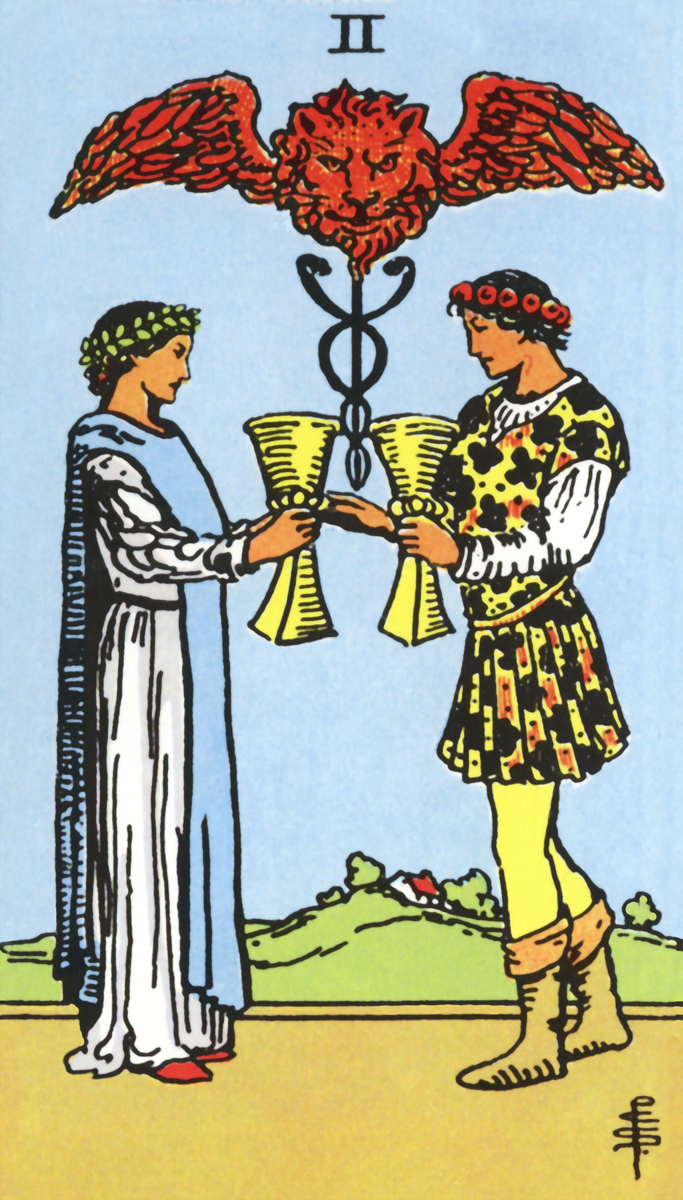
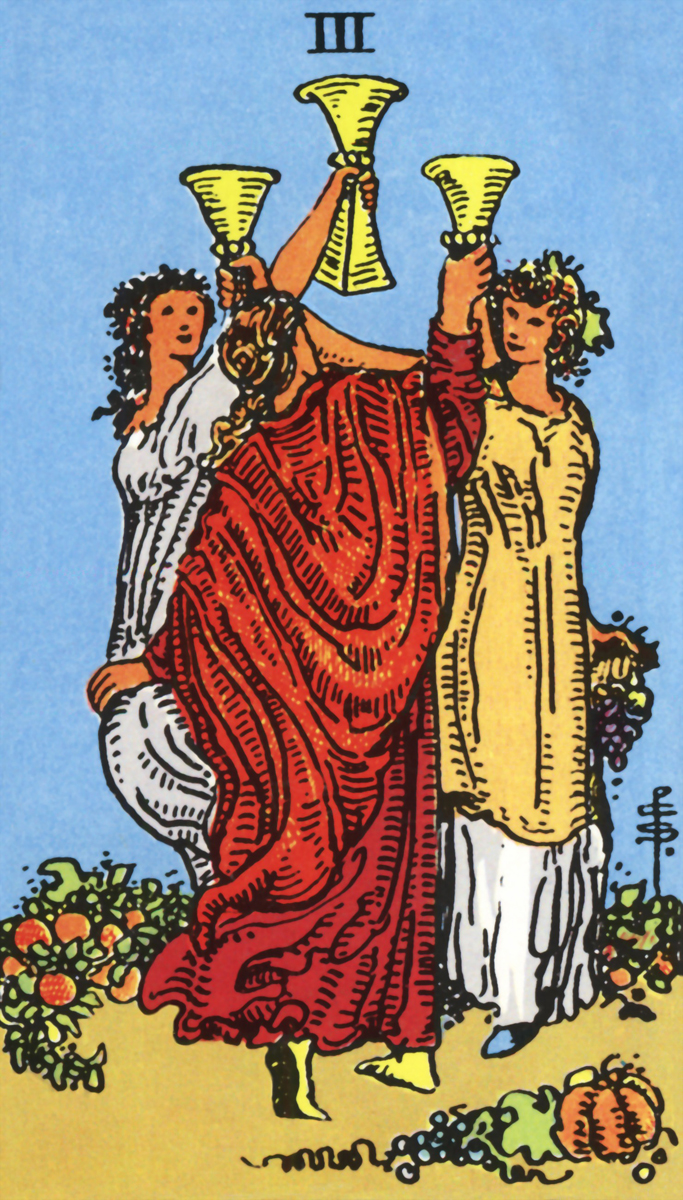
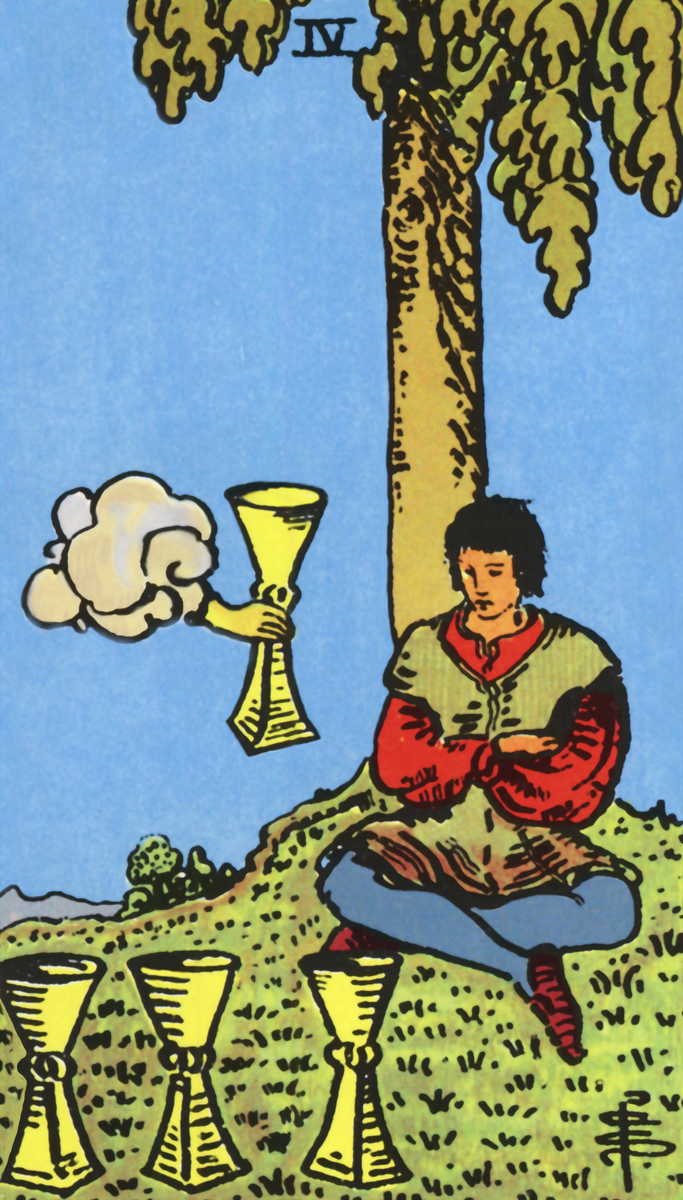
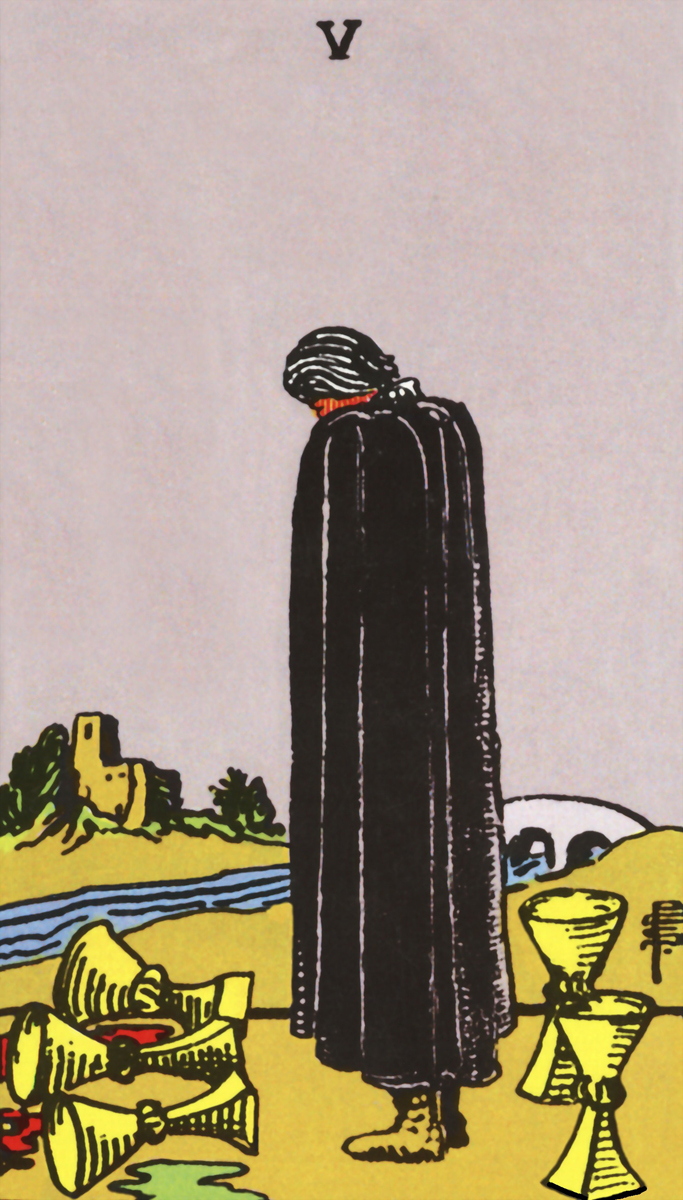
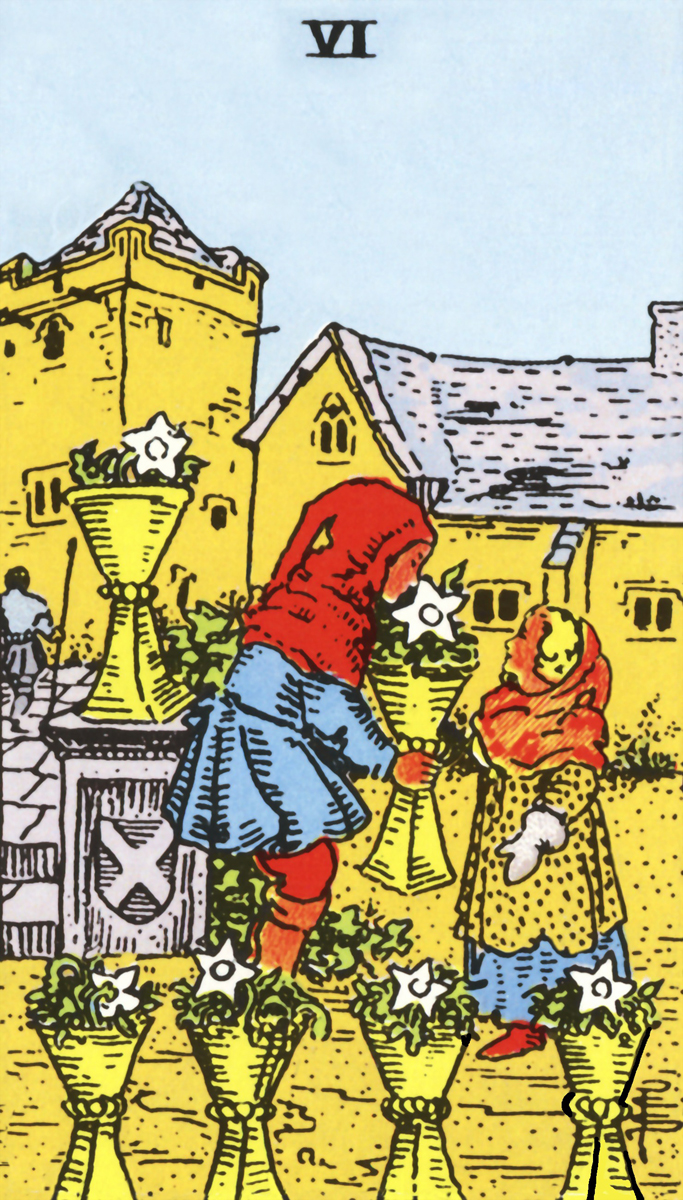
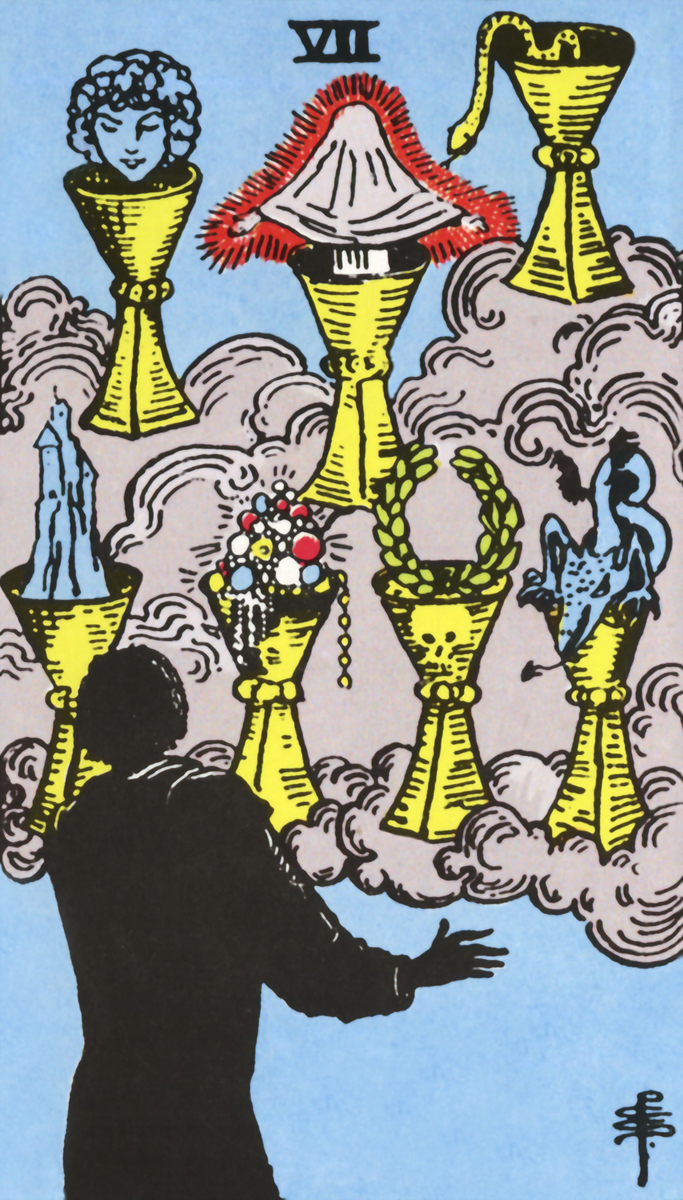
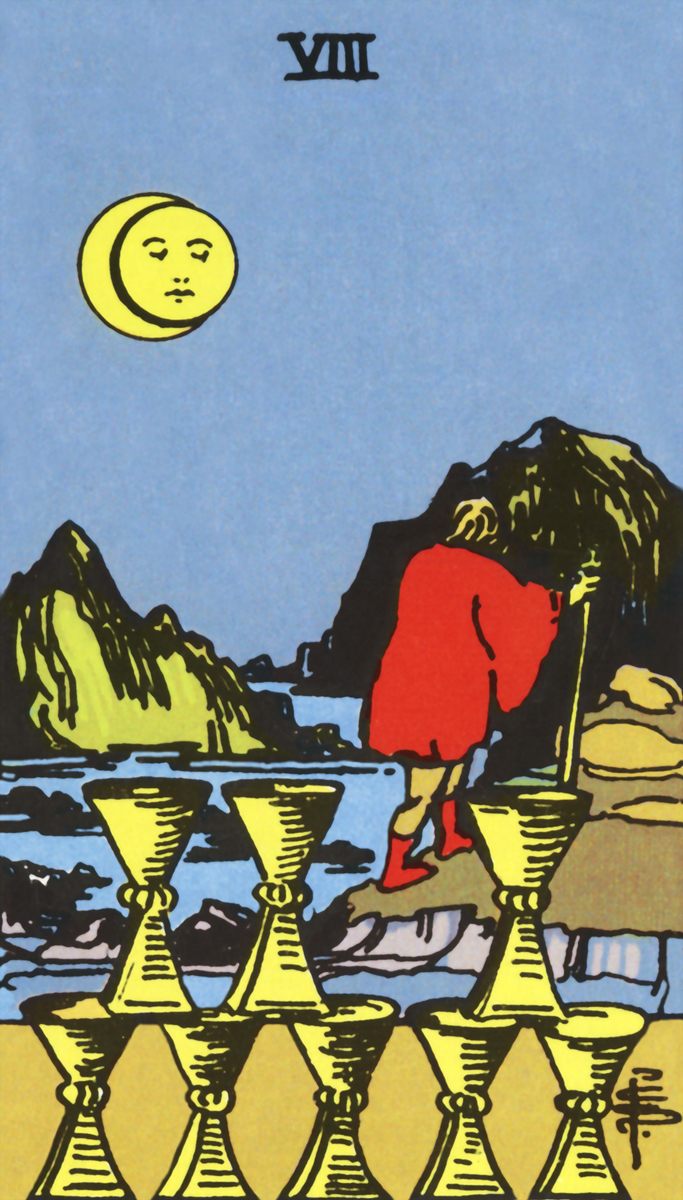
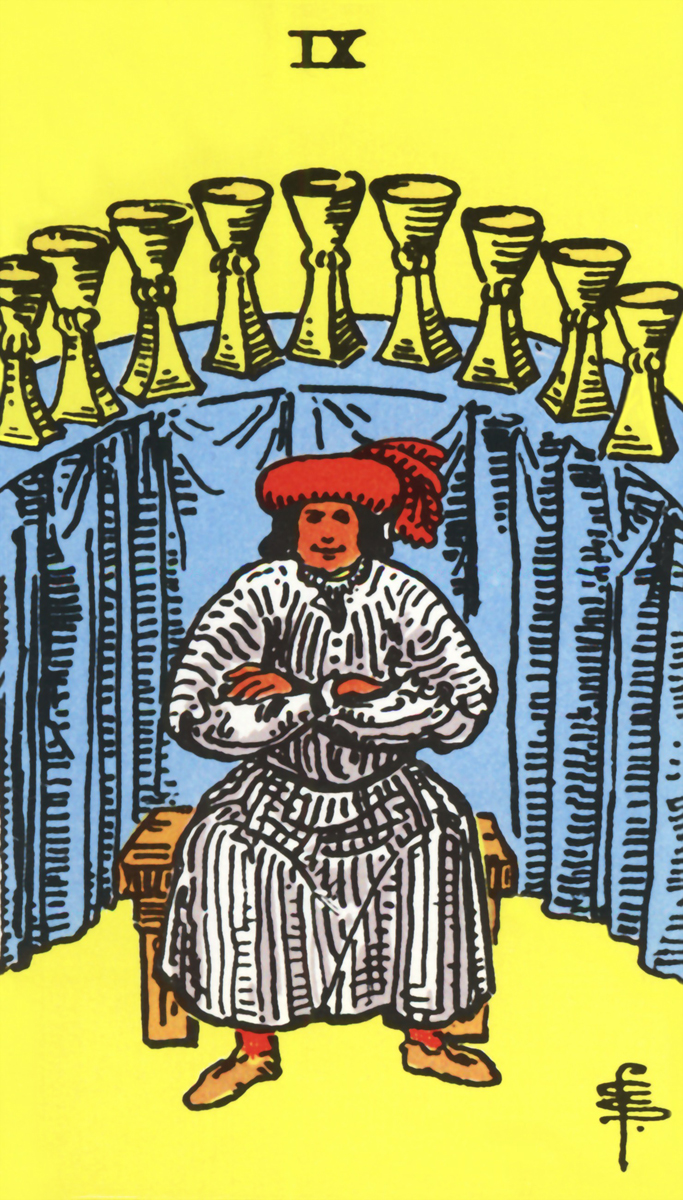
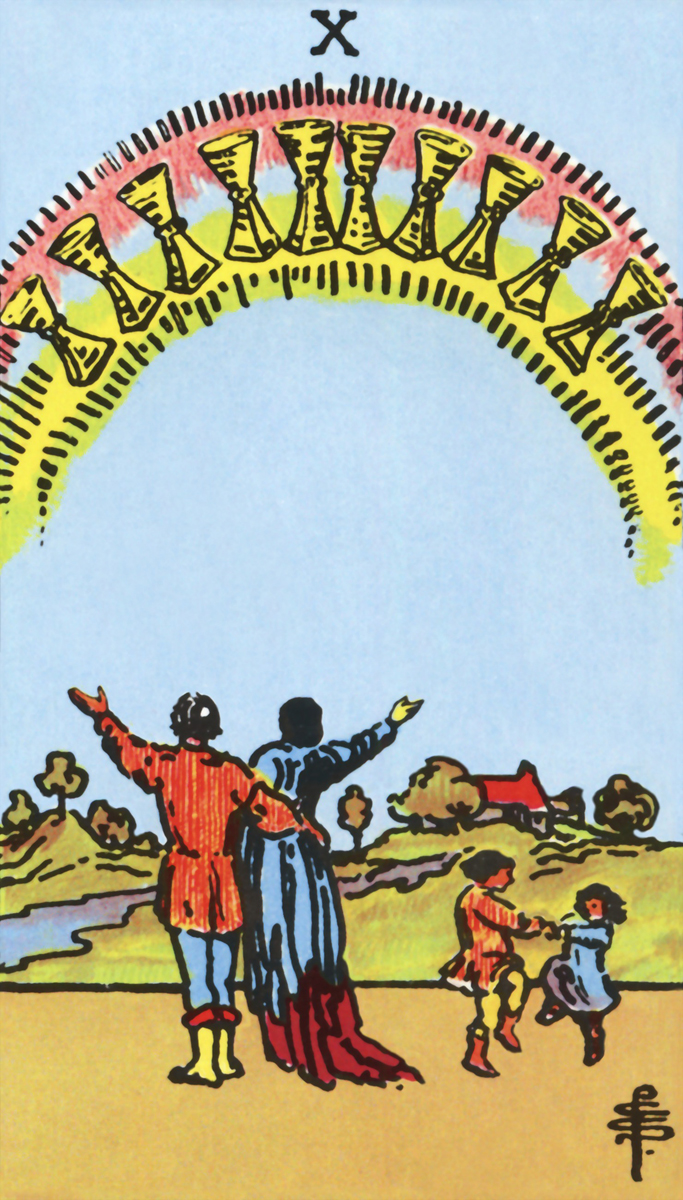
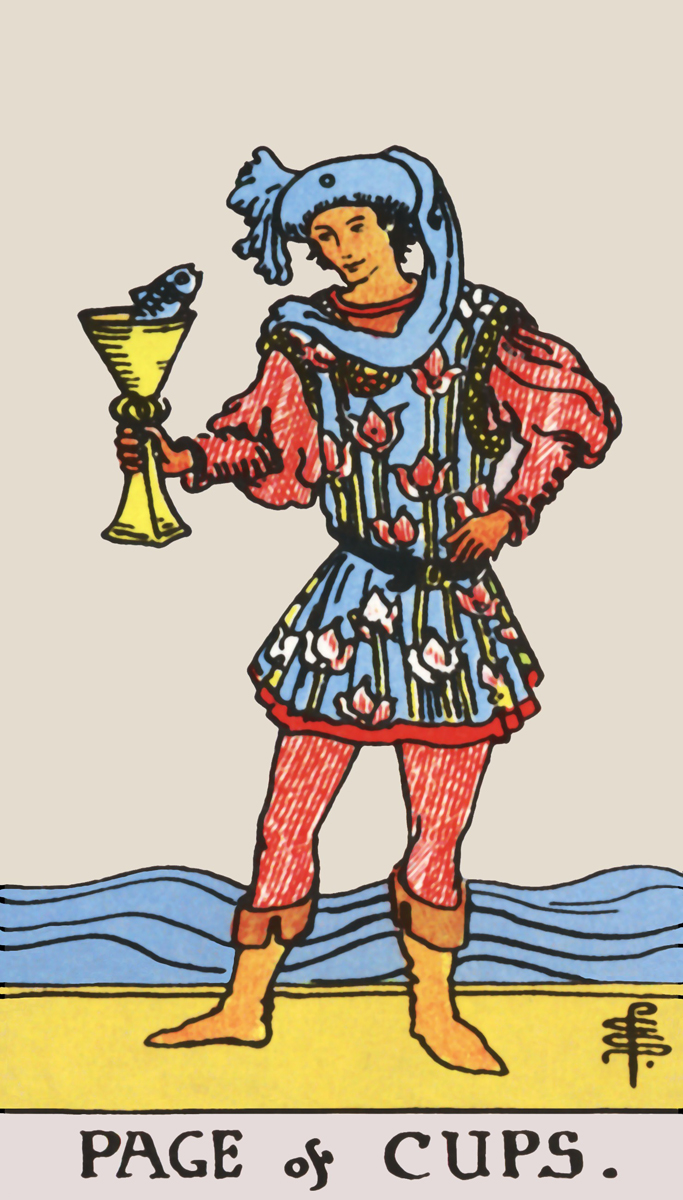
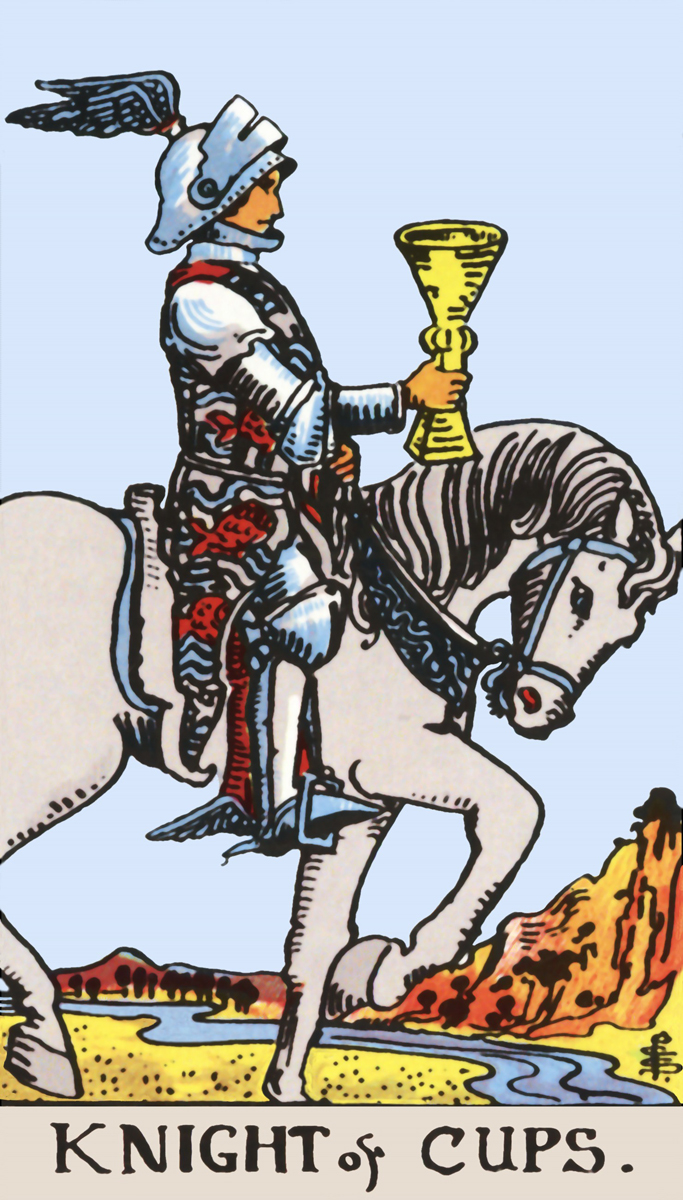
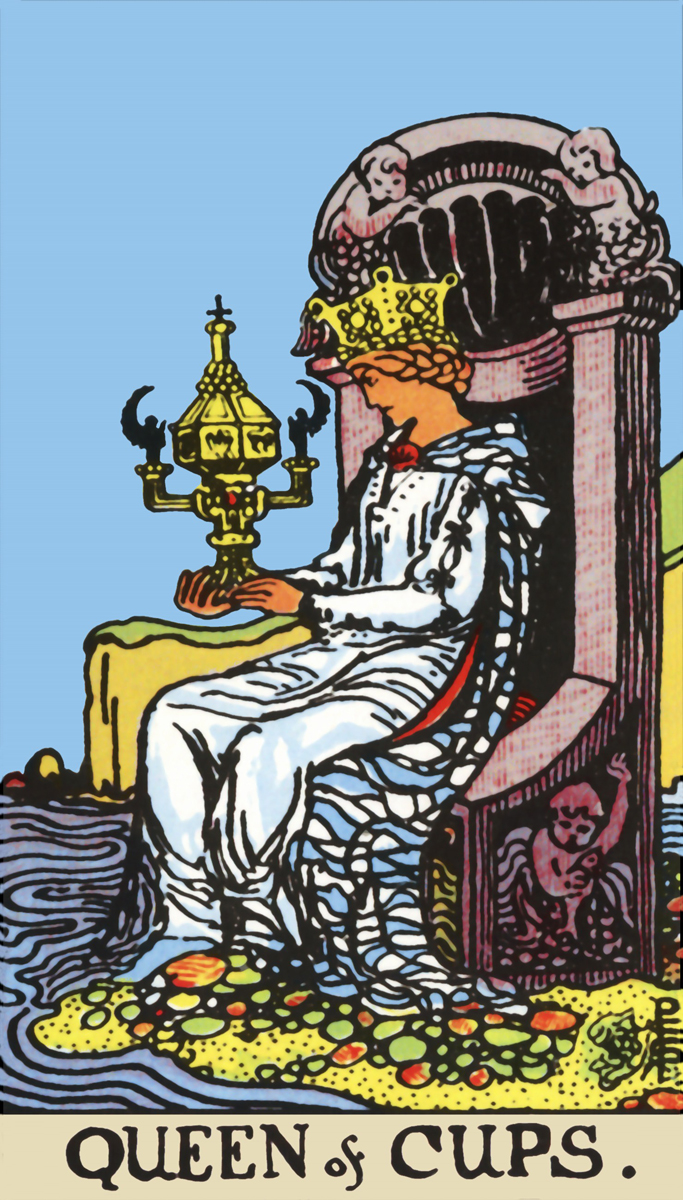
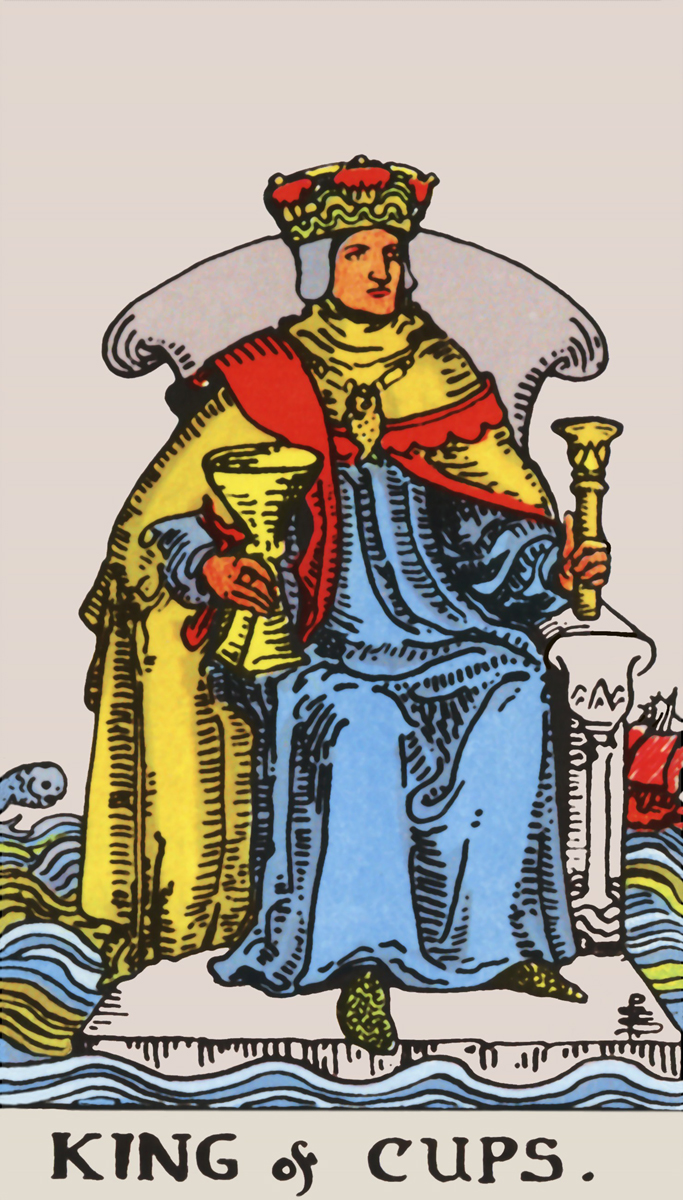
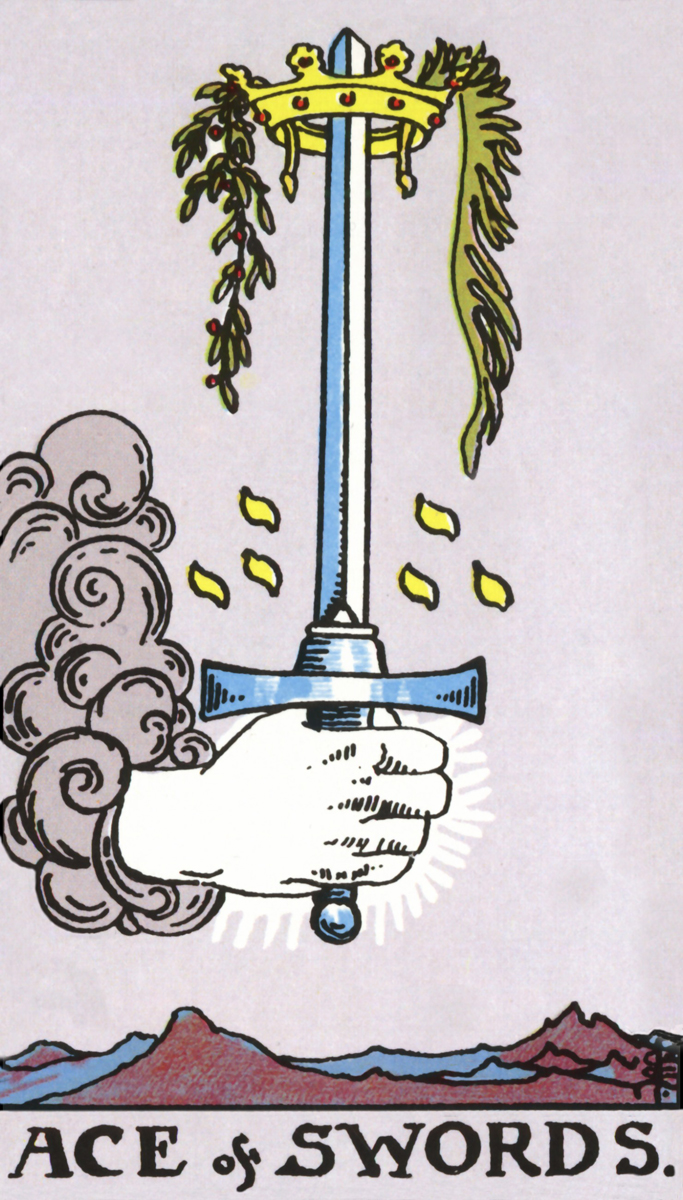
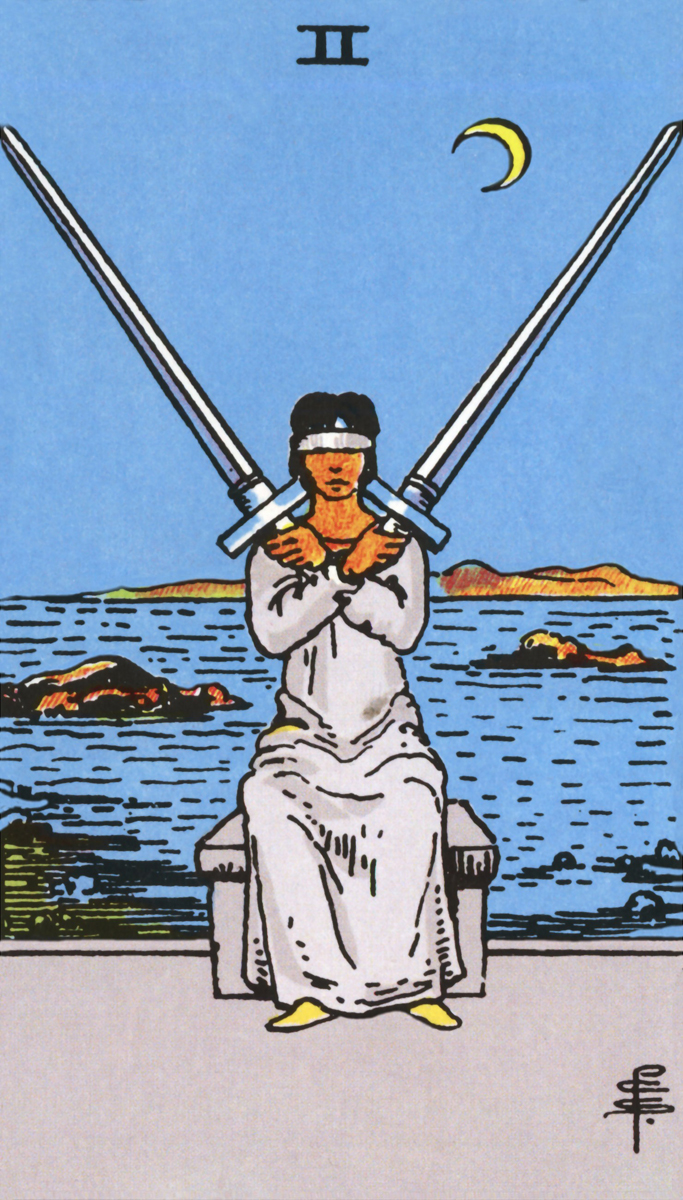
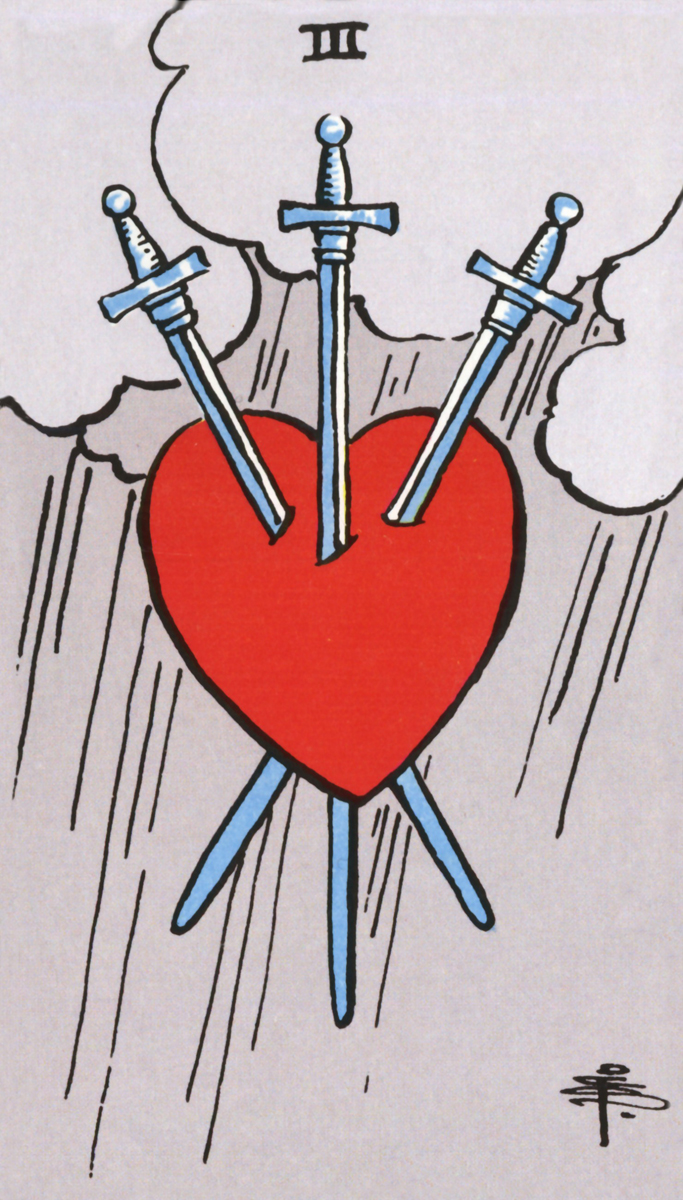
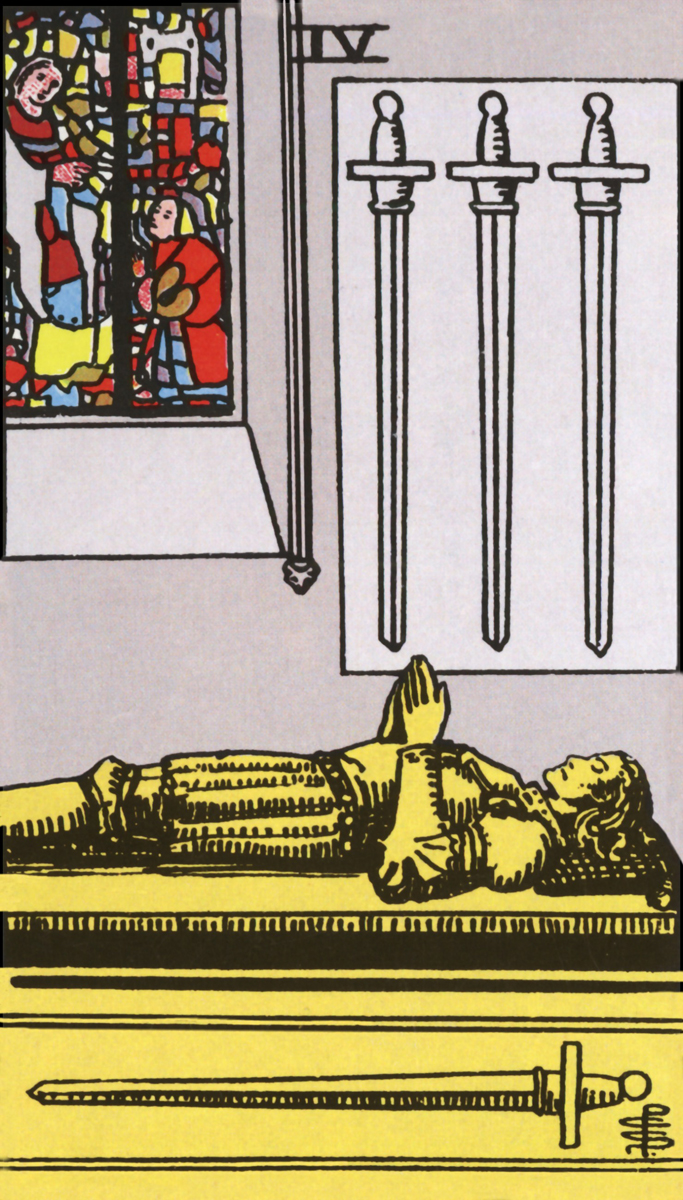
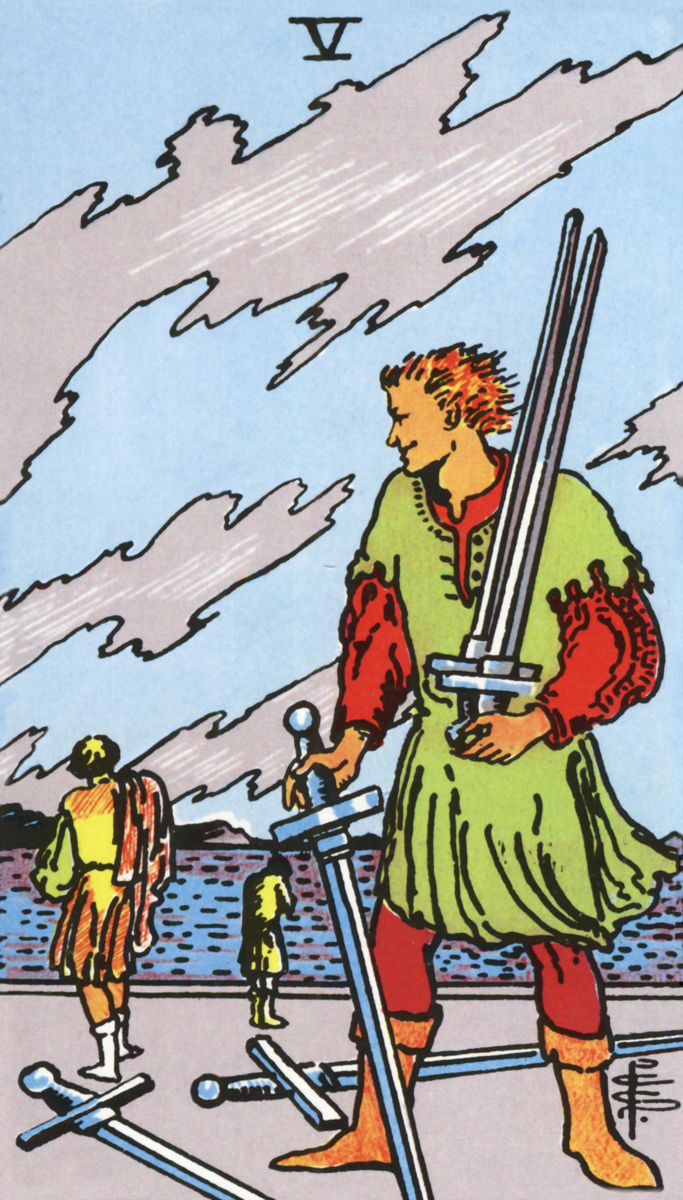
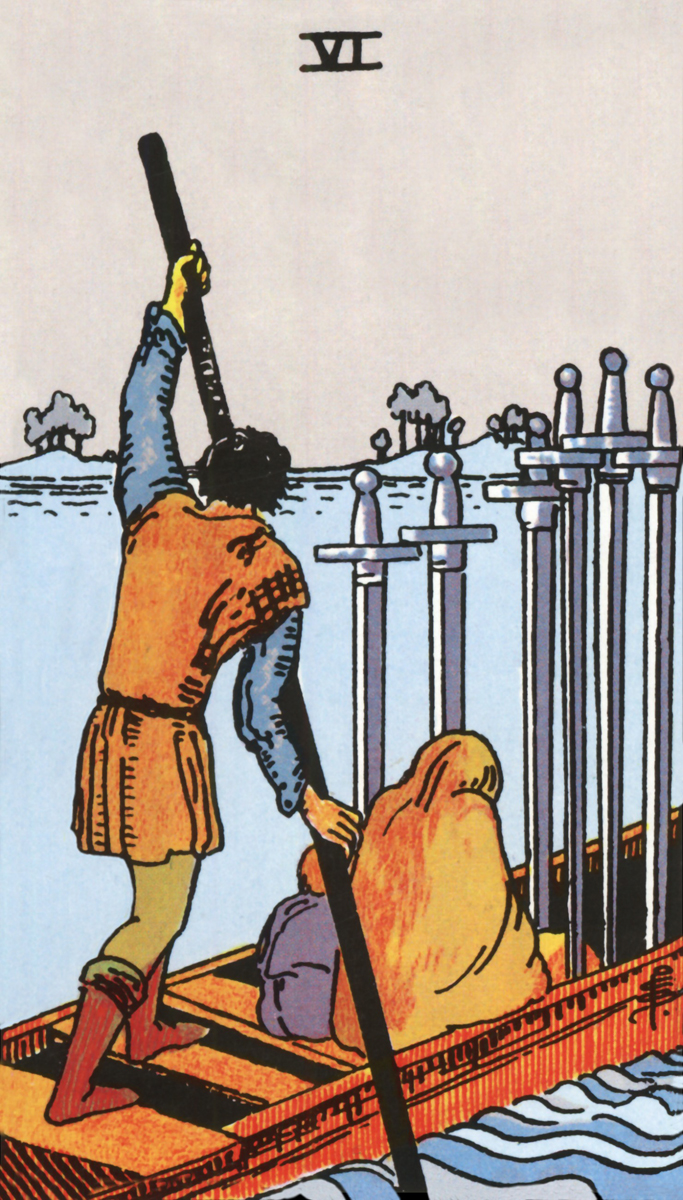
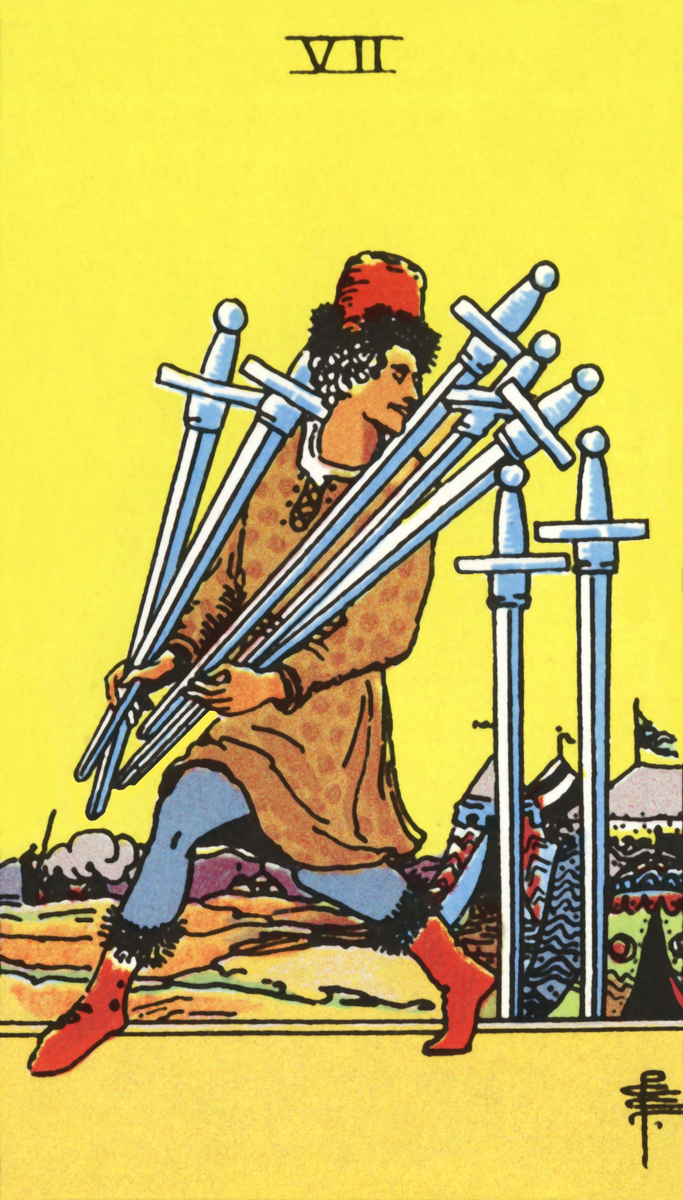
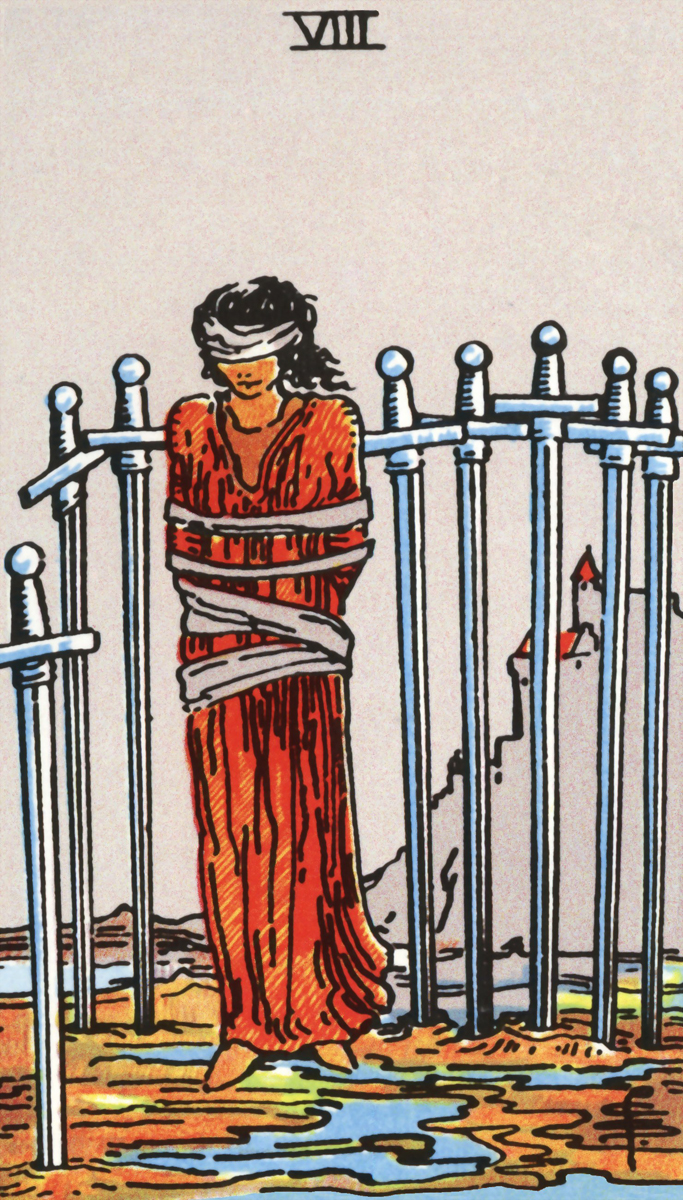
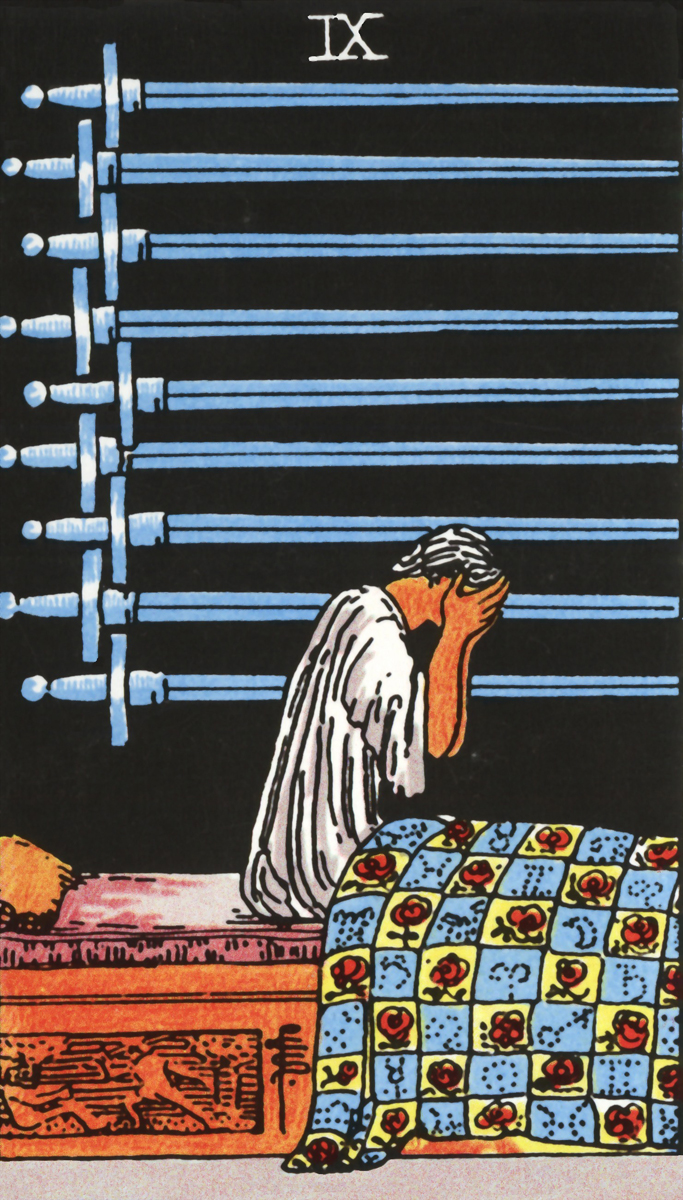
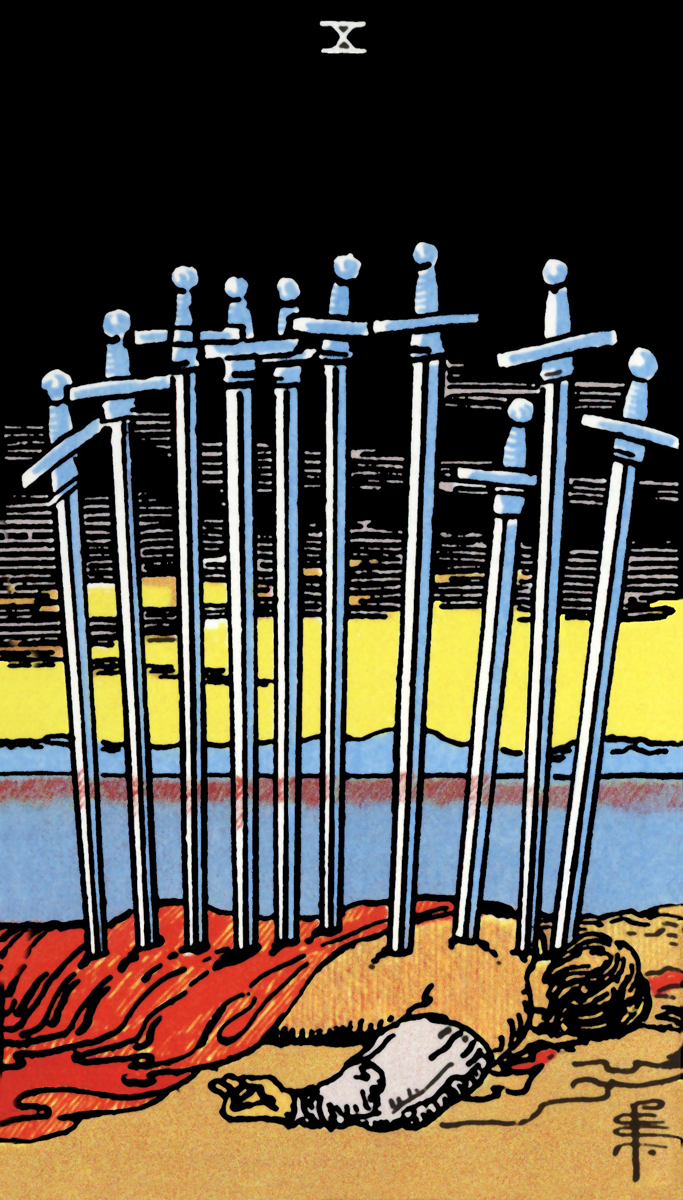
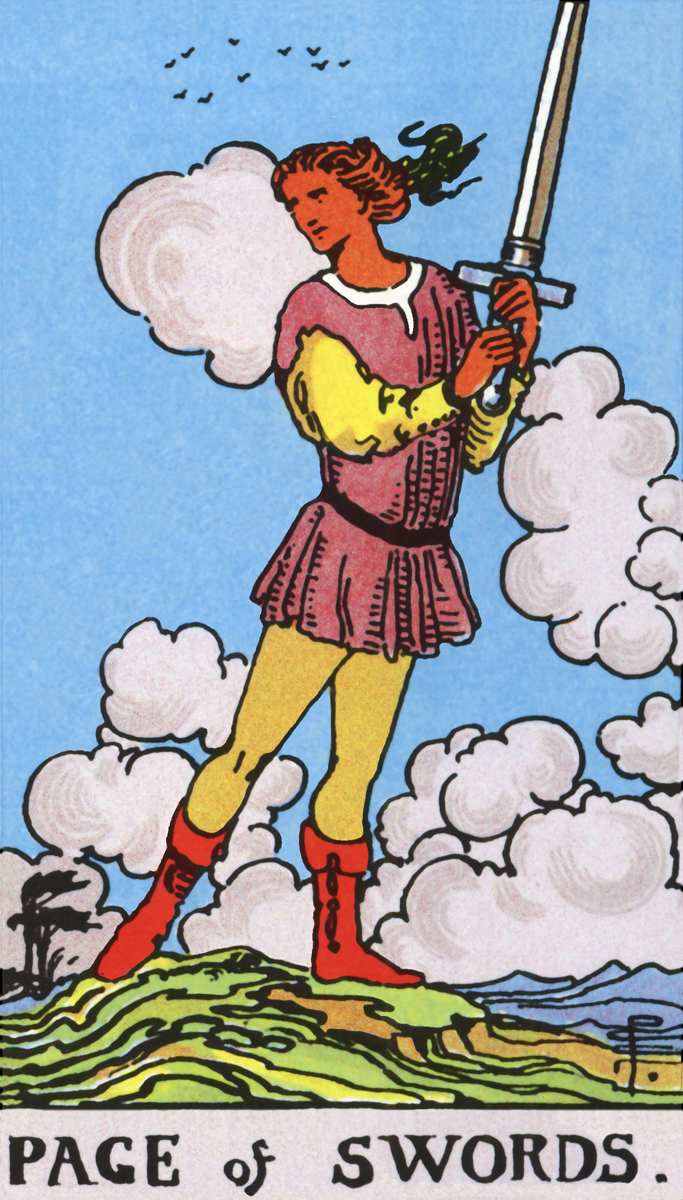

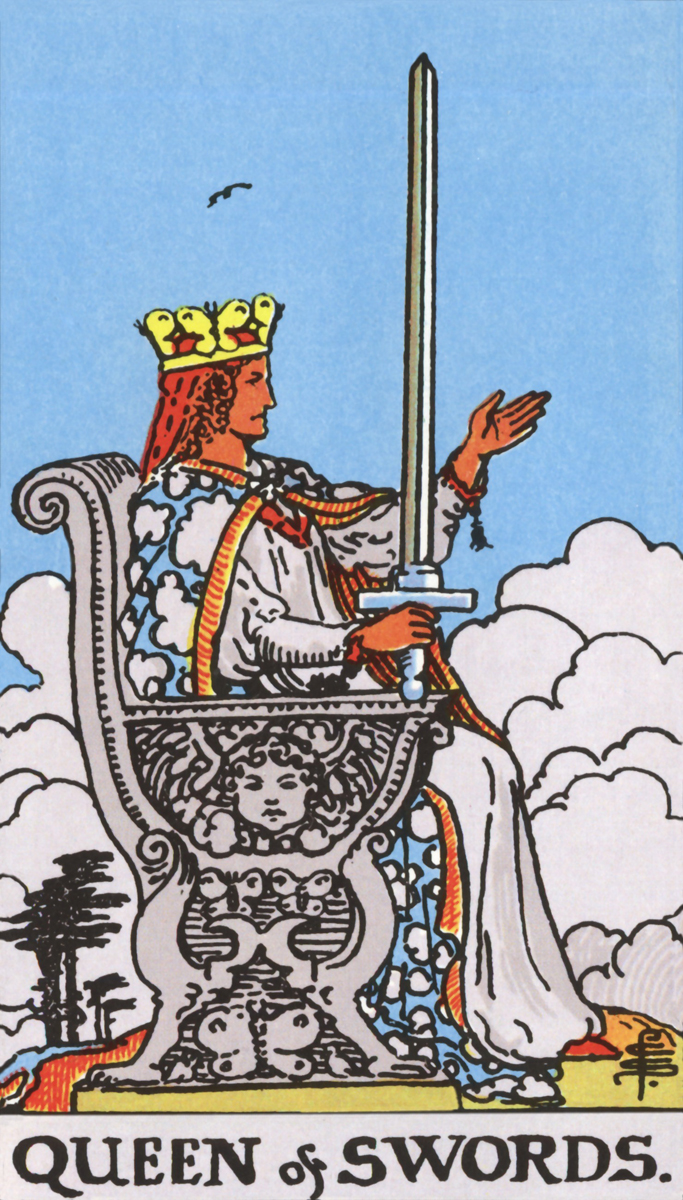
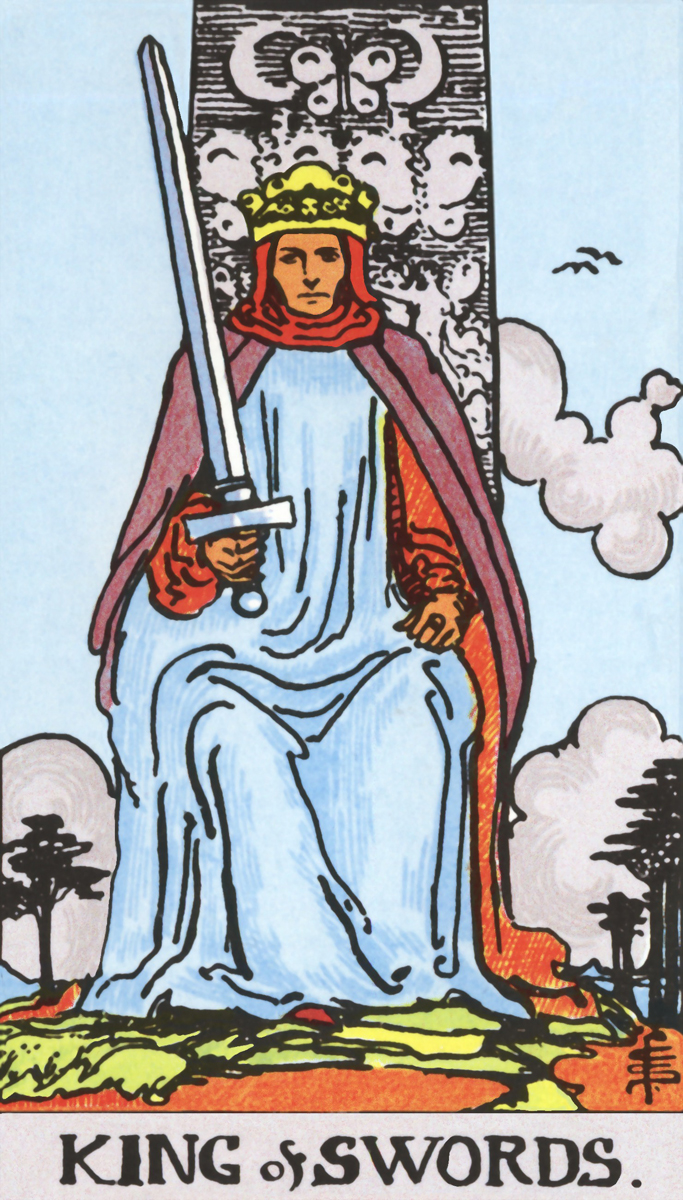
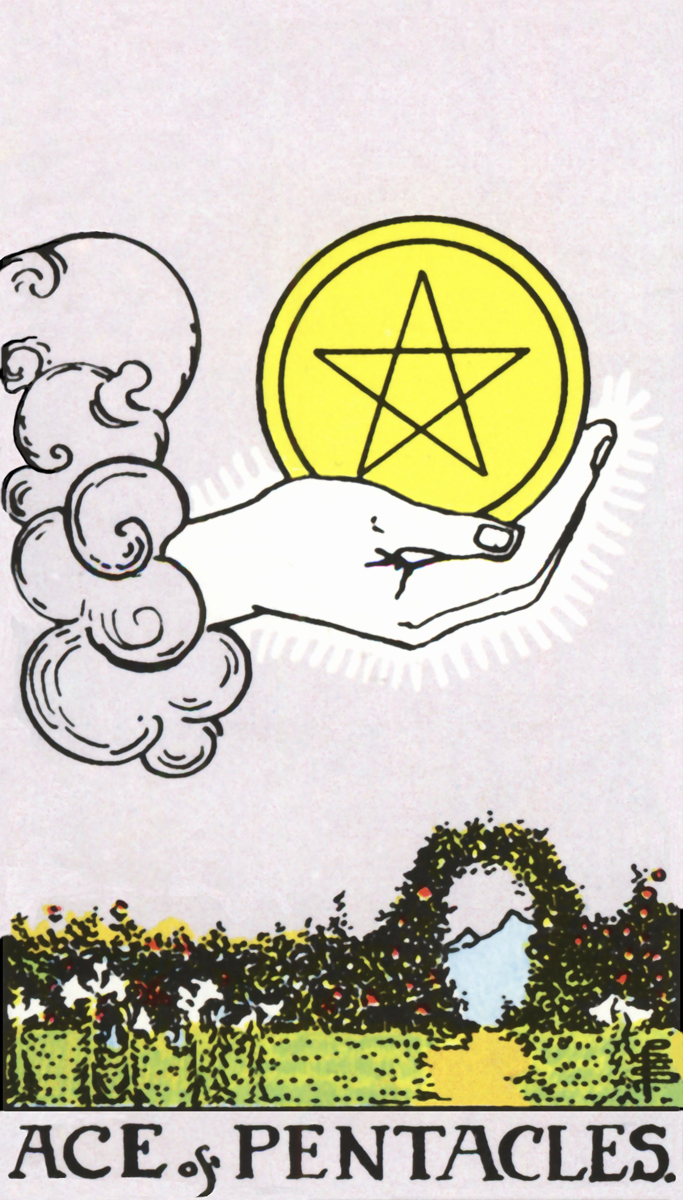
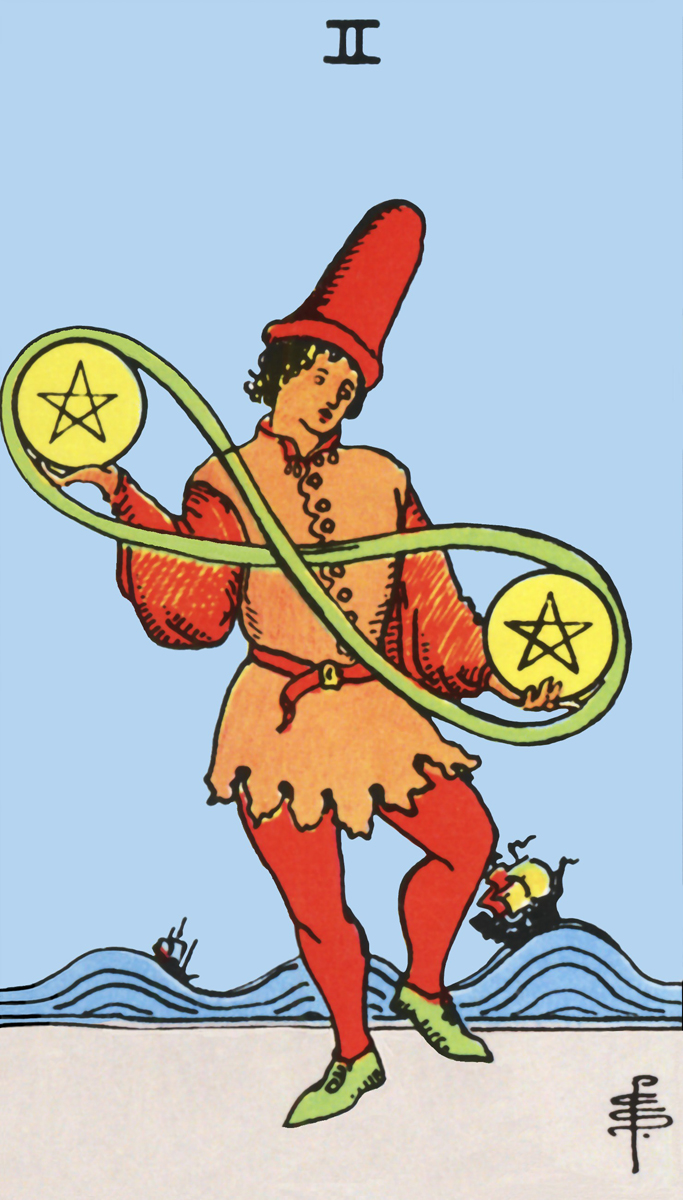
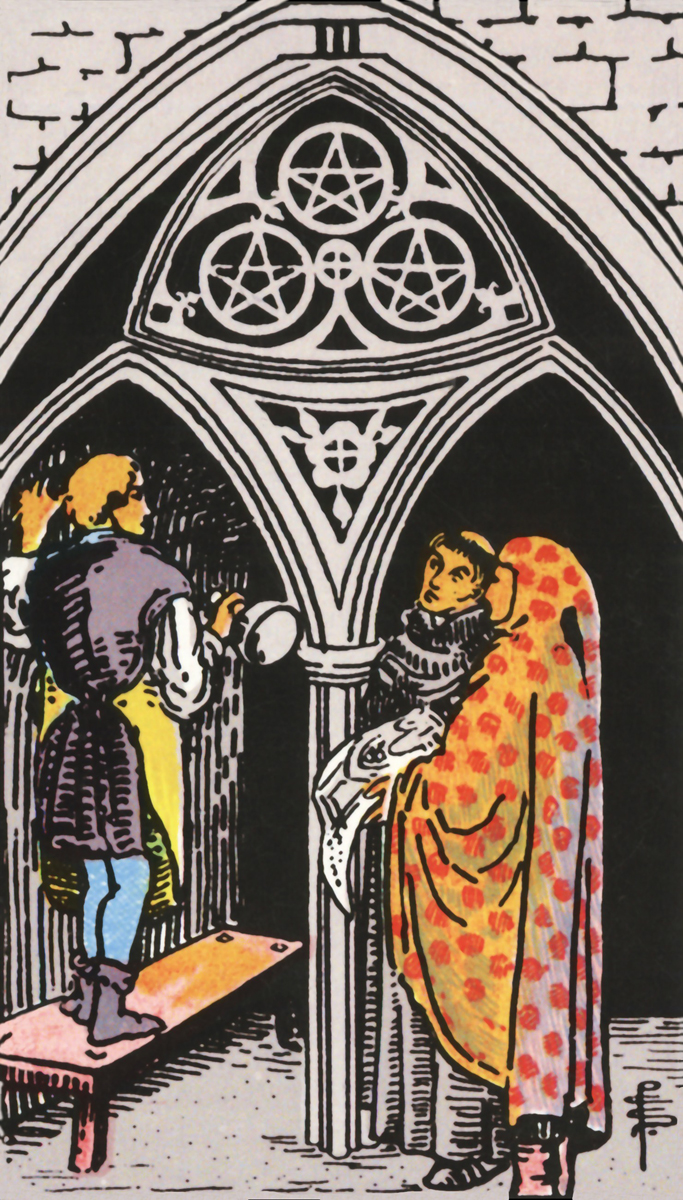
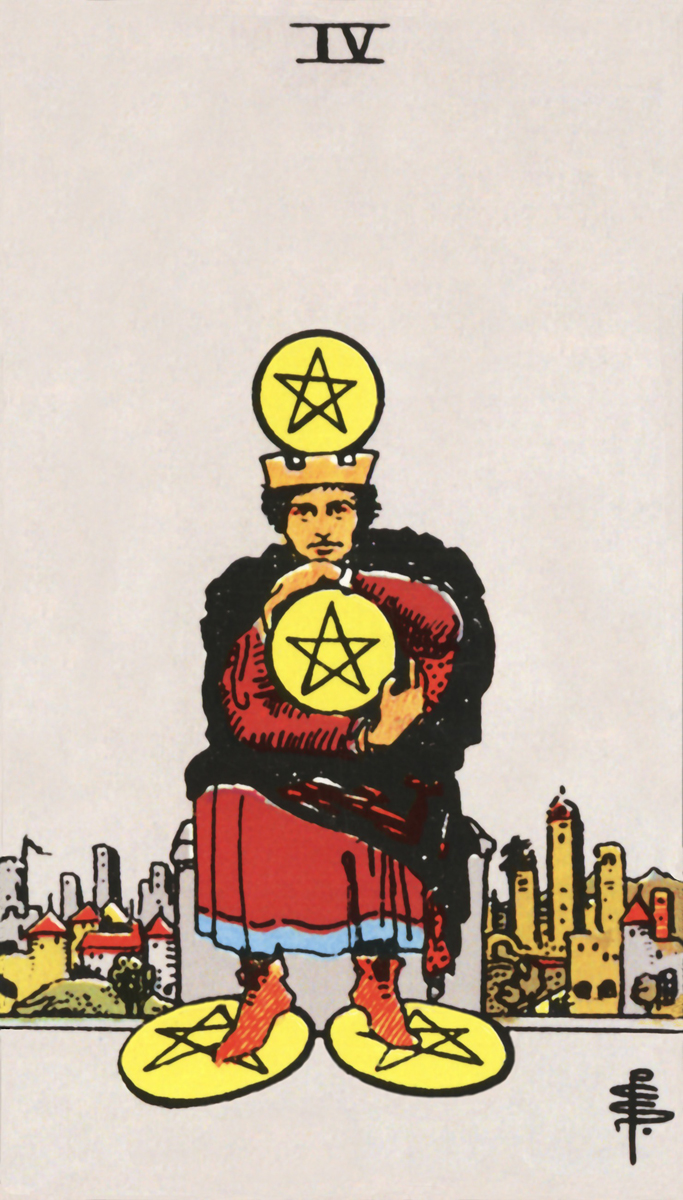
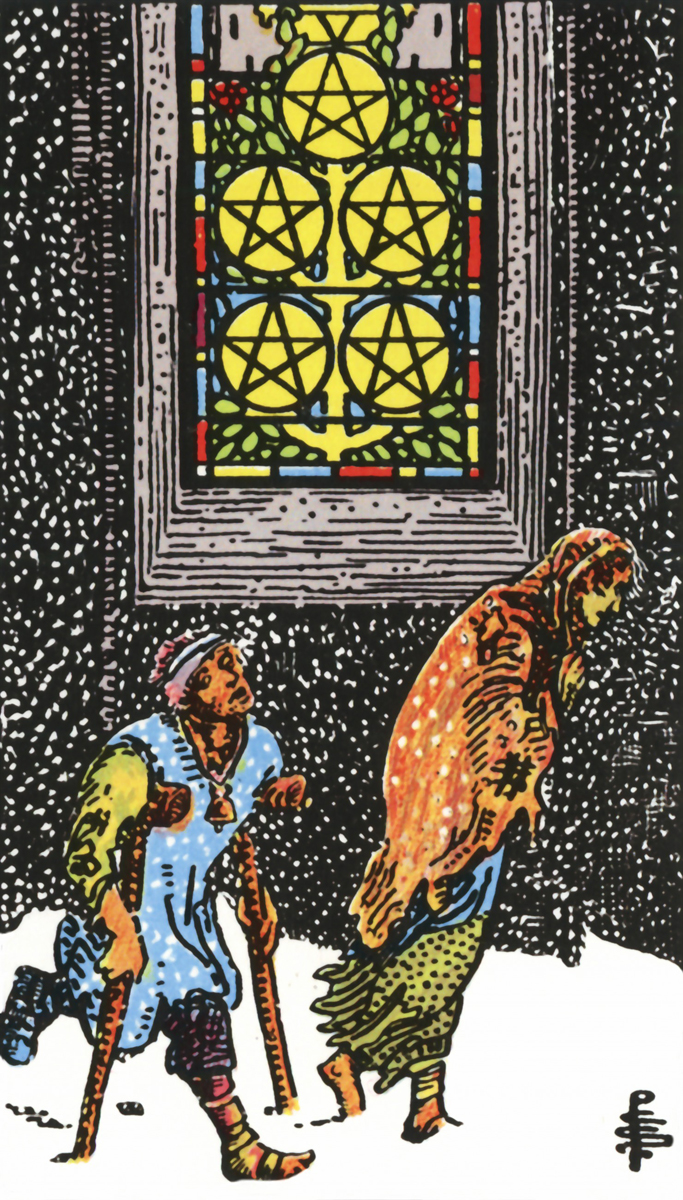
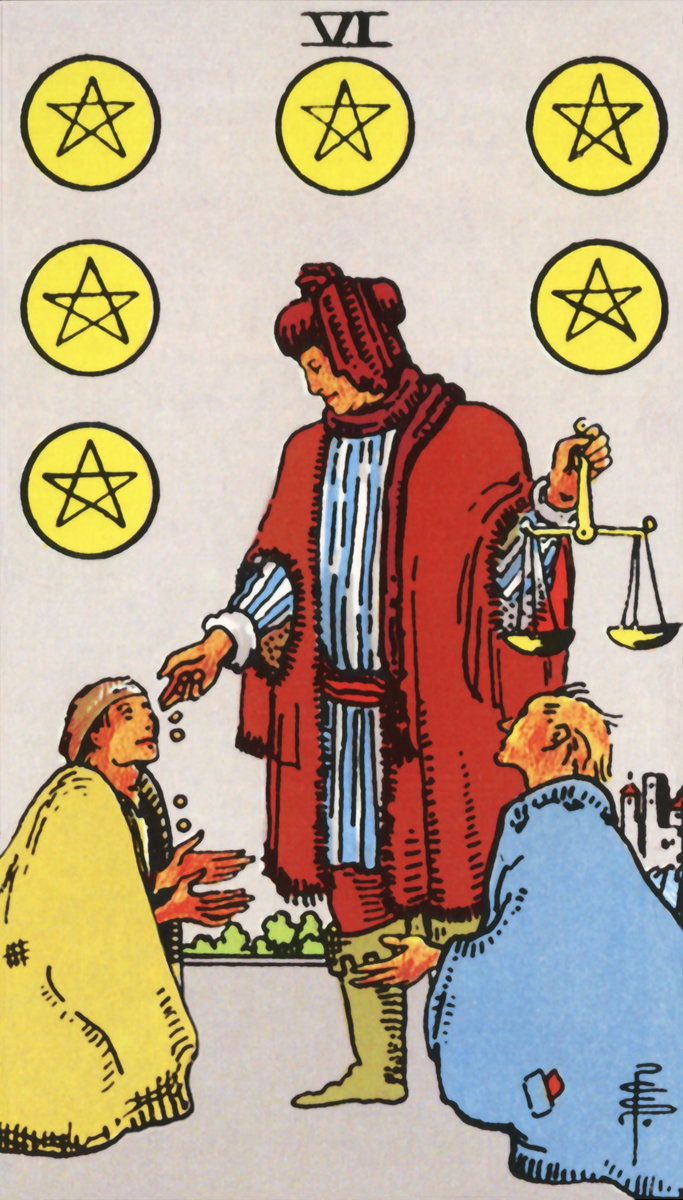
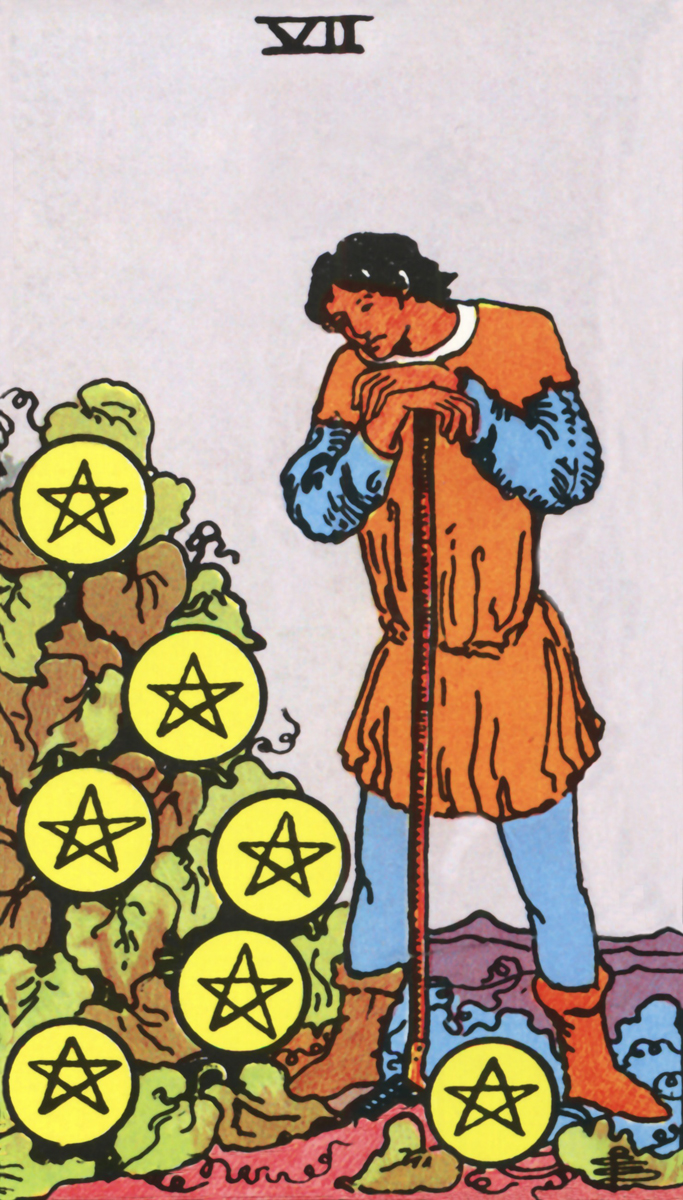
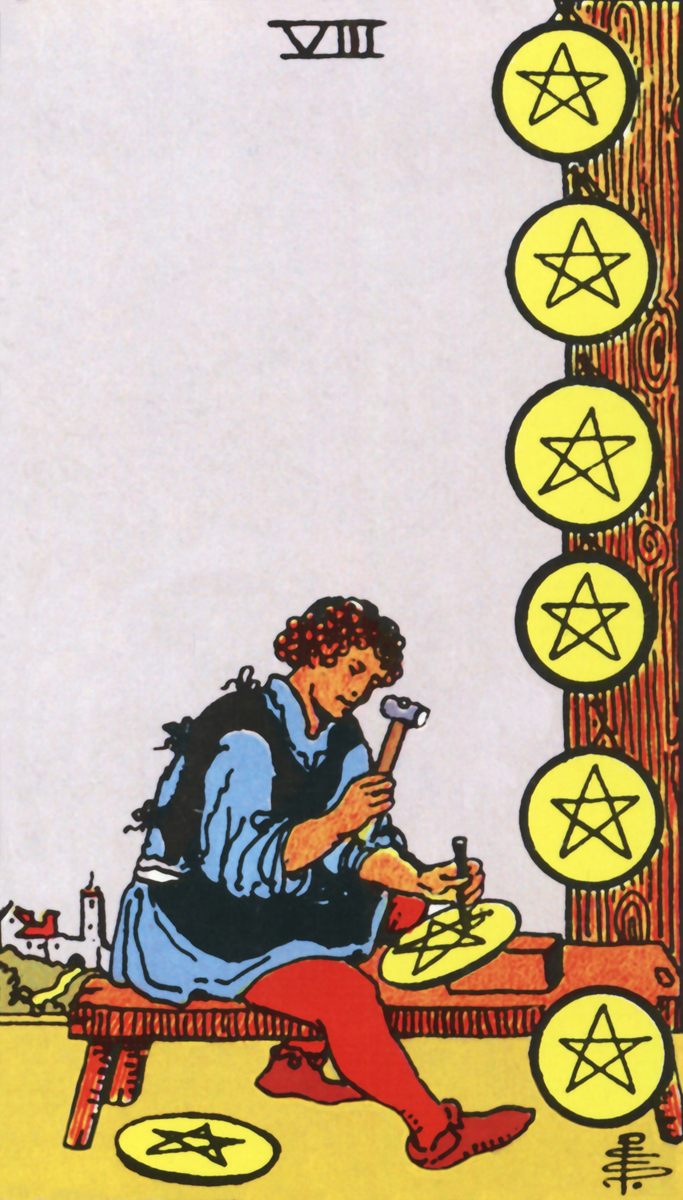
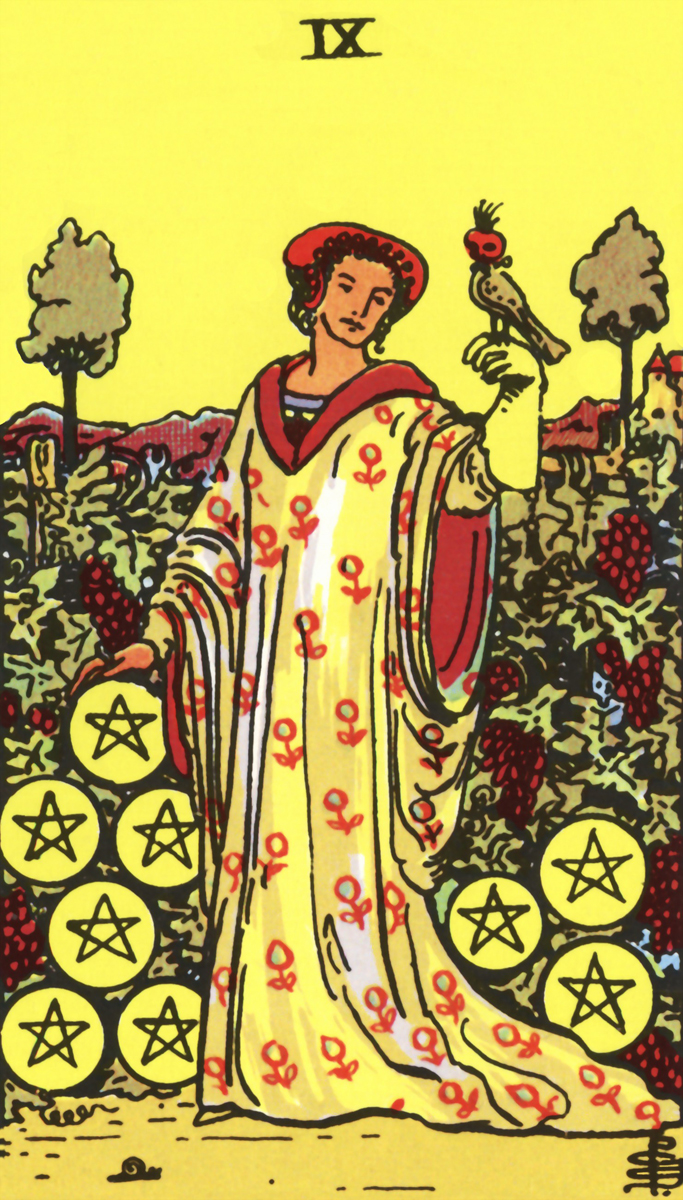
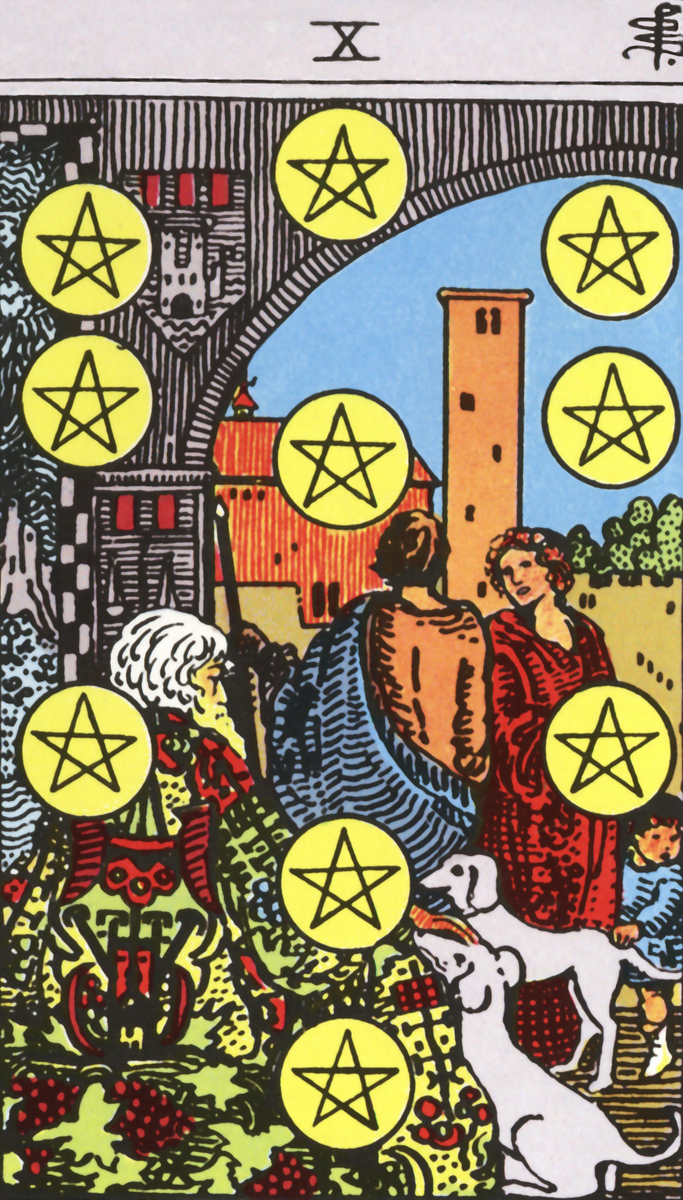
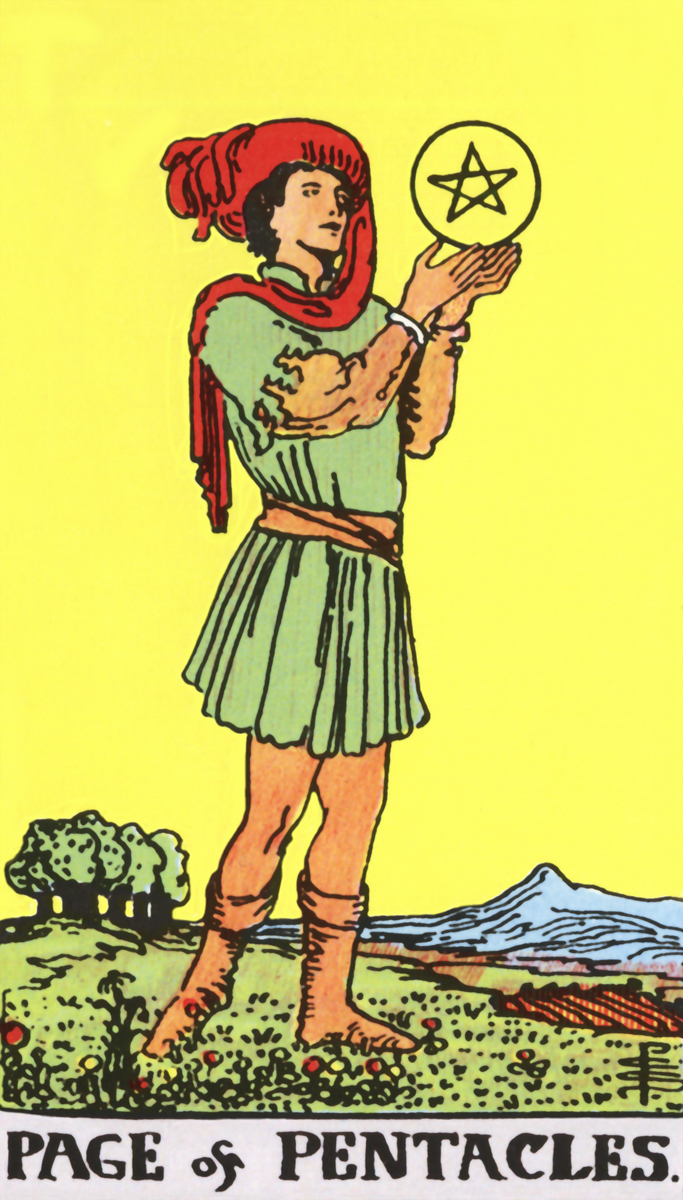

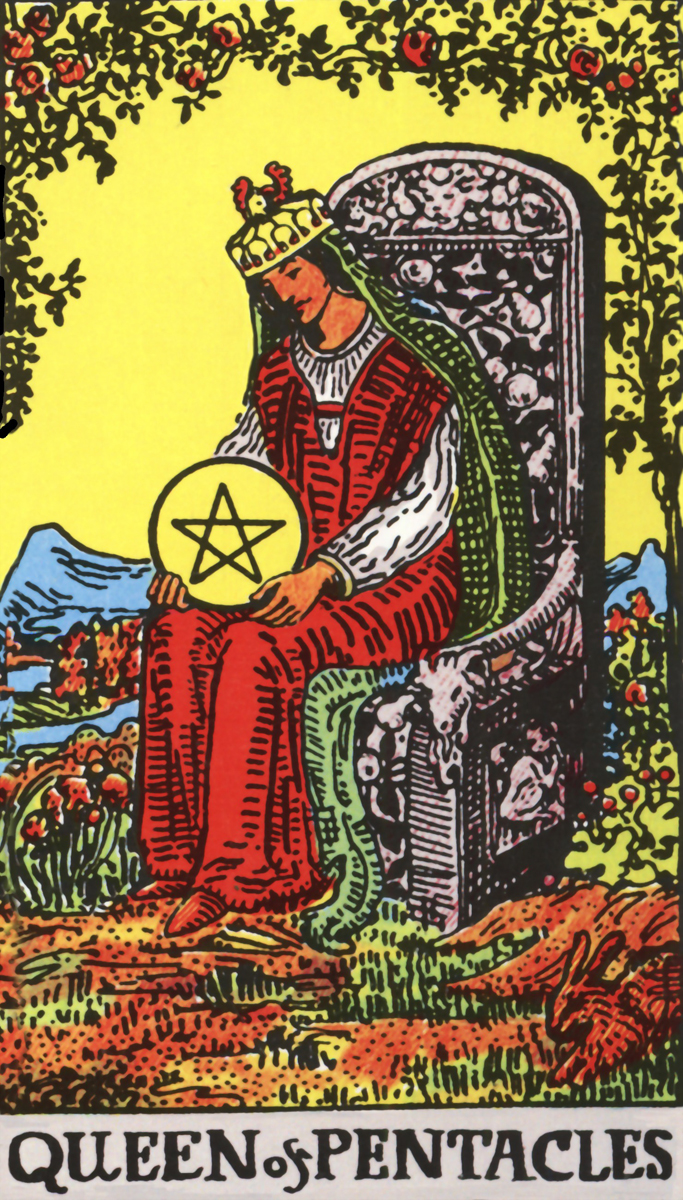

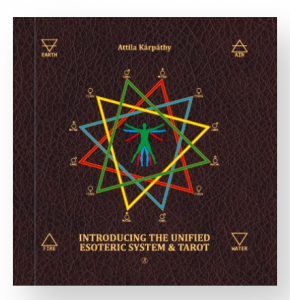
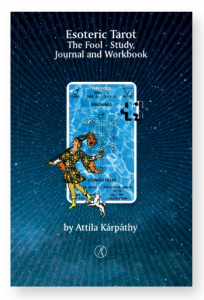
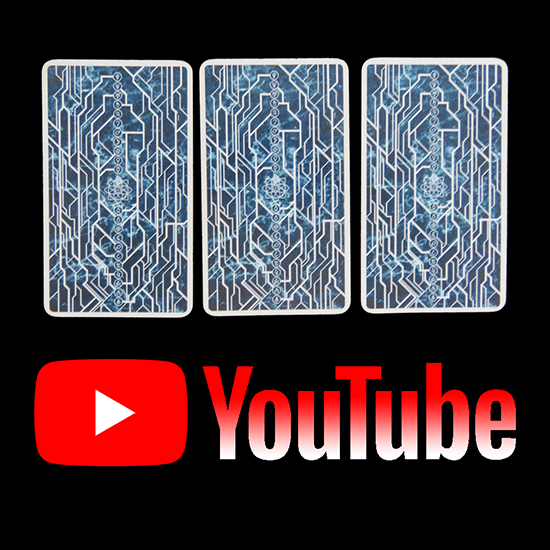

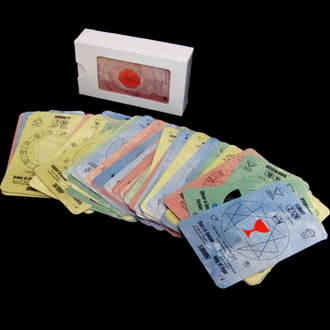
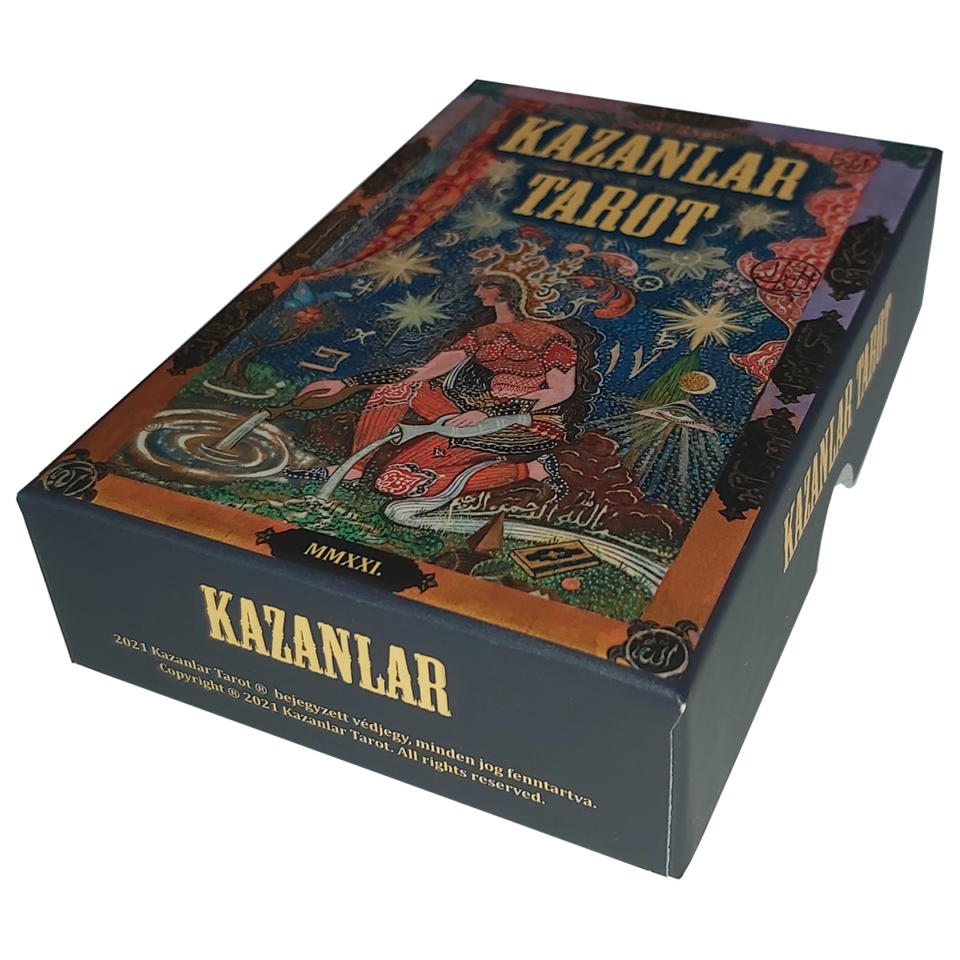

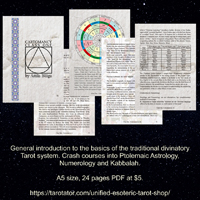

0 comments on “The Rider-Waite-Smith Tarot deck”
8 Pings/Trackbacks for "The Rider-Waite-Smith Tarot deck"
[…] Renaissance, and the pre-Raphaelites, and adds extra tarot symbolism to make a 78-card deck in the Rider-Waite tradition. The deck was four years in the making, but sadly overall it falls flat for me. Some of the cards […]
[…] been to provide an aesthetically pleasing, manageable deck that is a very faithful rendition of the Rider-Waite-Smith system. Toward that end, her use of colored pencil, printed on high-quality plastic-coated card […]
[…] Pictorial Key Tarot is a modernisation of the Rider-Waite Tarot images, very similar in symbolism to the original but not quite a clone. Created in a […]
[…] US Games 1996 Deck Type: Tarot Deck Cards: 78 Major Arcana: 22 Minor Arcana: 56 Deck Tradition: Rider-Waite-Smith Minor Arcana Style: RWS-Based Scenes Suits: Cups, Swords, Rods, Pentacles Court Cards: Page, […]
[…] by Lo Scarabeo with their standard borders. On first inspection, this deck is definitely a Rider-Waite-Smith (RWS) clone that cleverly replaces the human element with stylized animal creatures. The deck is a […]
[…] See also: The Rider-Waite-Smith Tarot deck […]
[…] This is a dark and beautiful deck based on the classic Rider-Waite-Smith Tarot deck. […]
[…] the virtue of balance and provide guidance in recognizing our own moral compass. Based on the Rider-Waite-Smith format in image composition and interpretations, this deck can be used by a fairly wide audience. […]